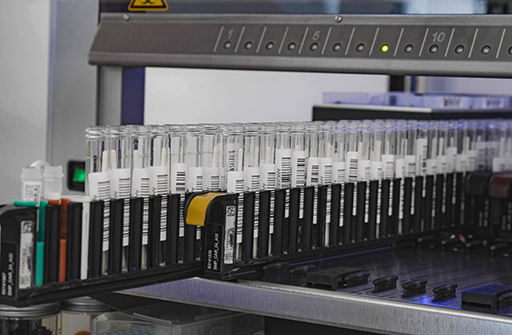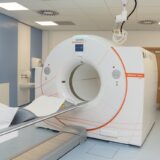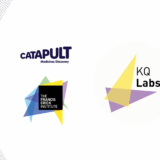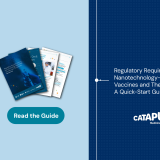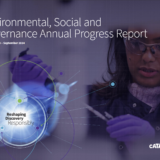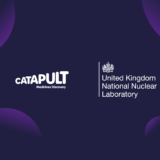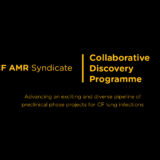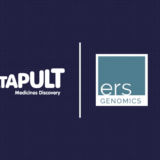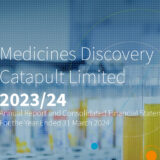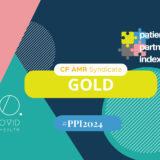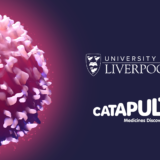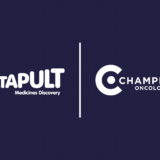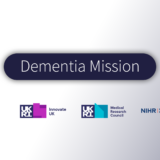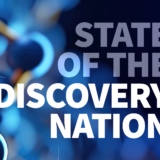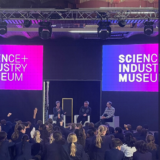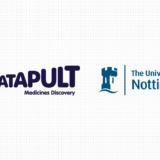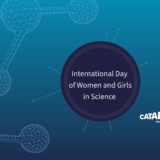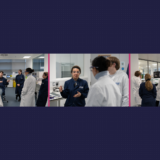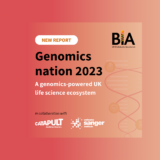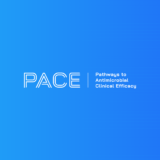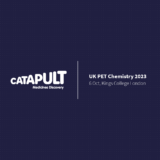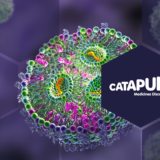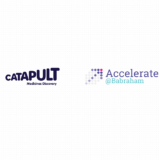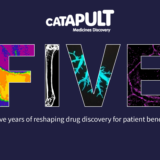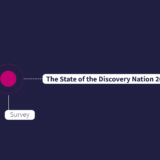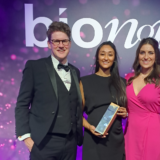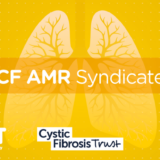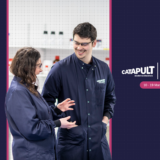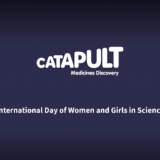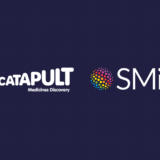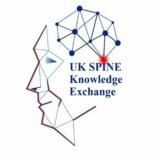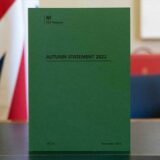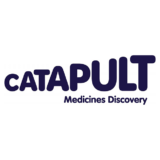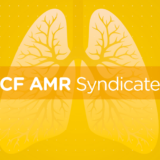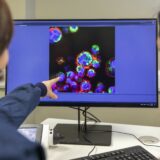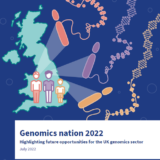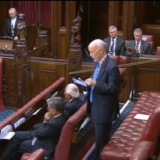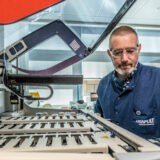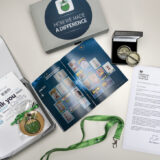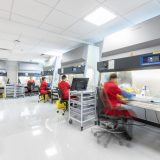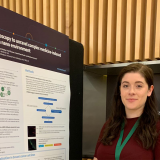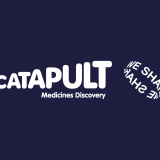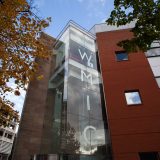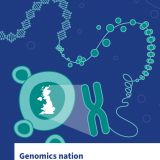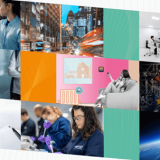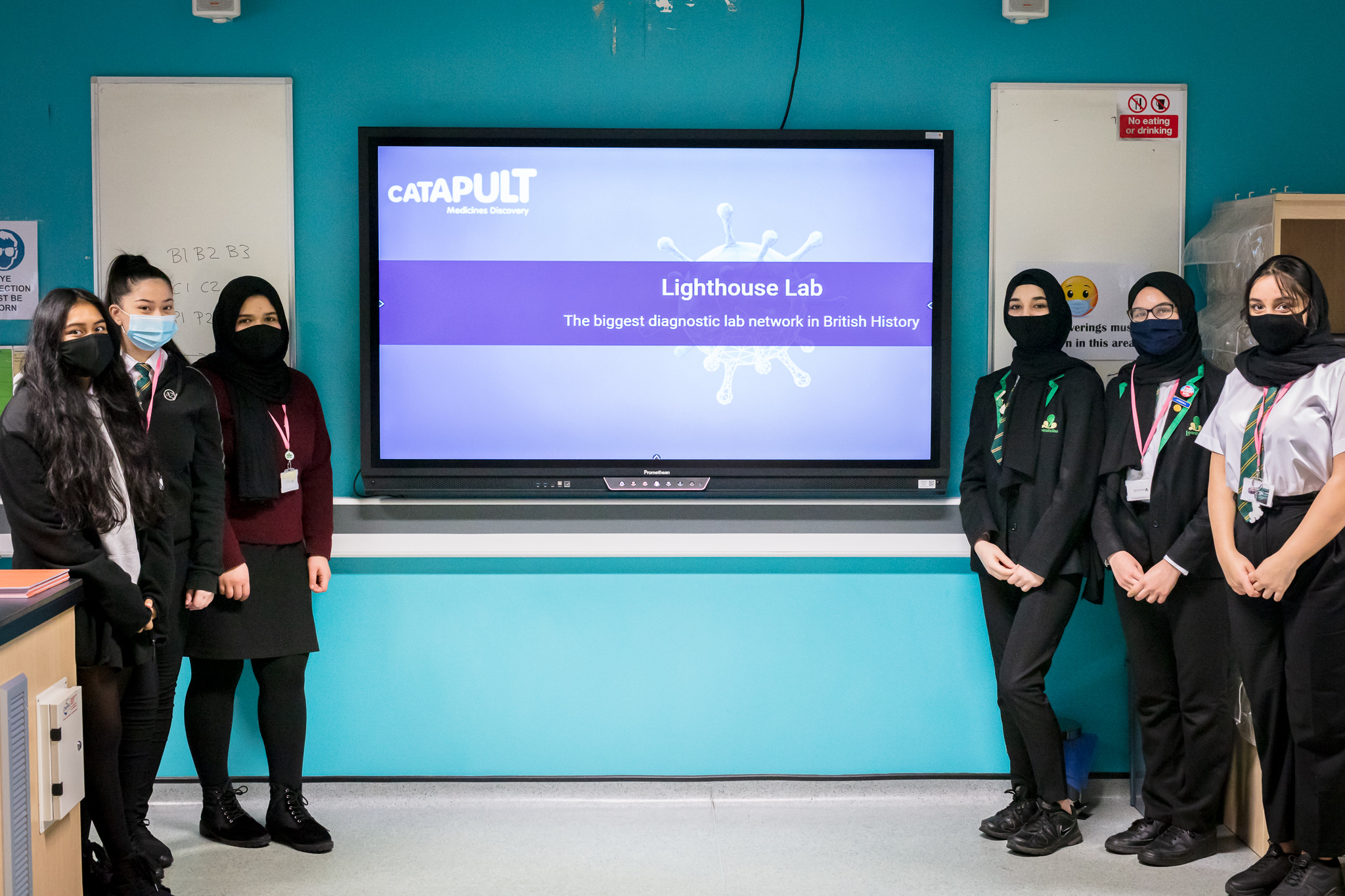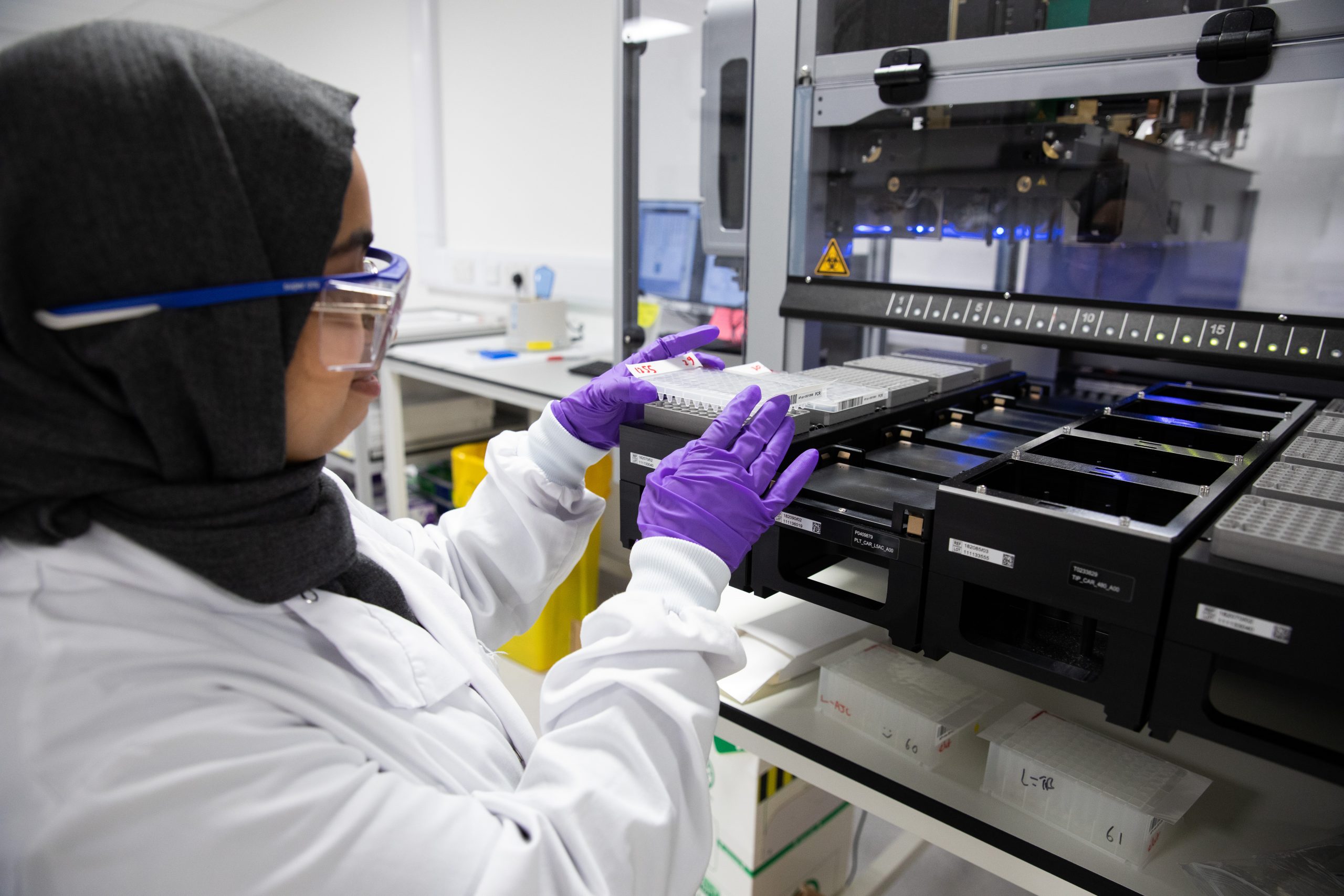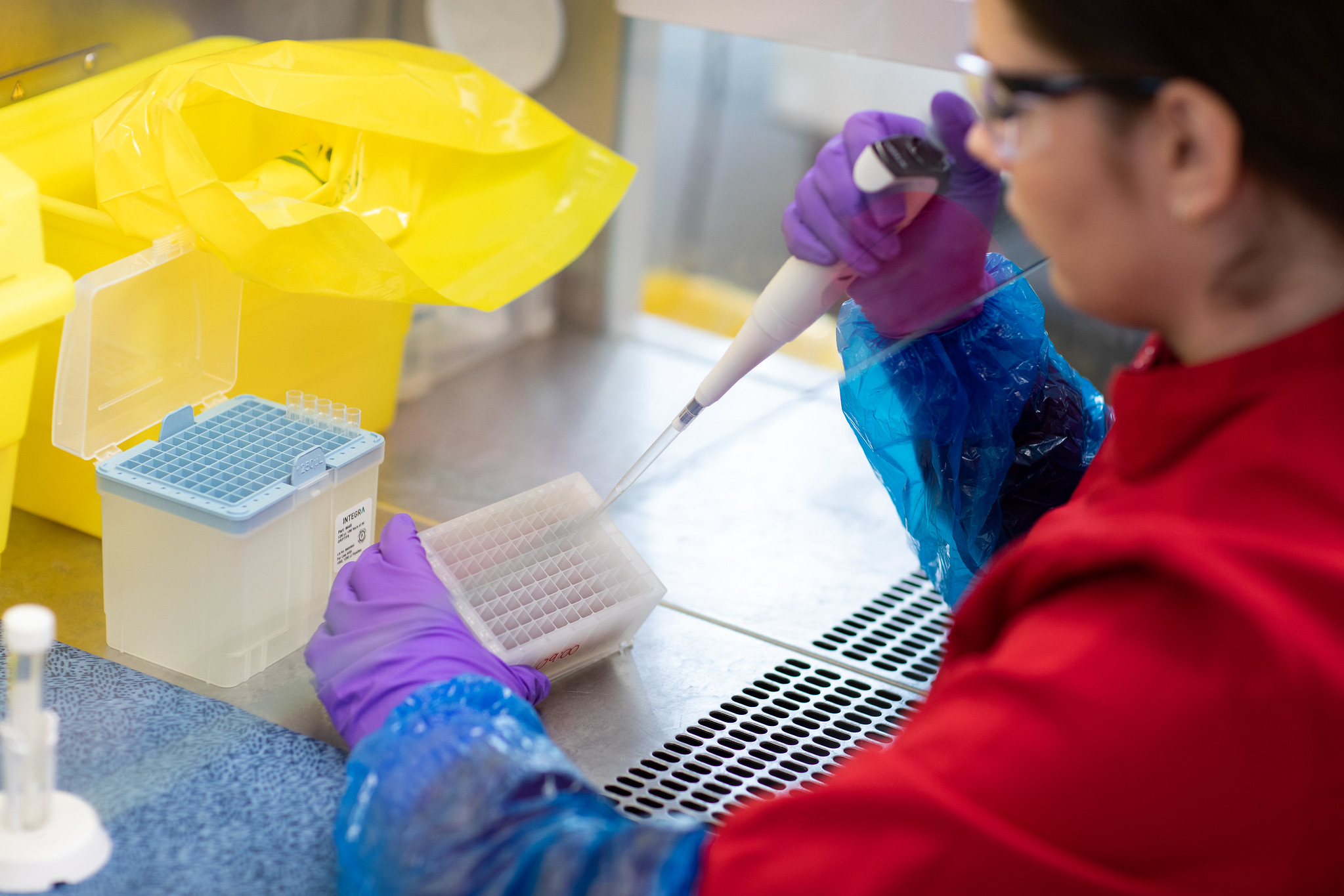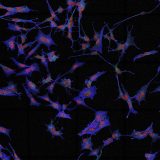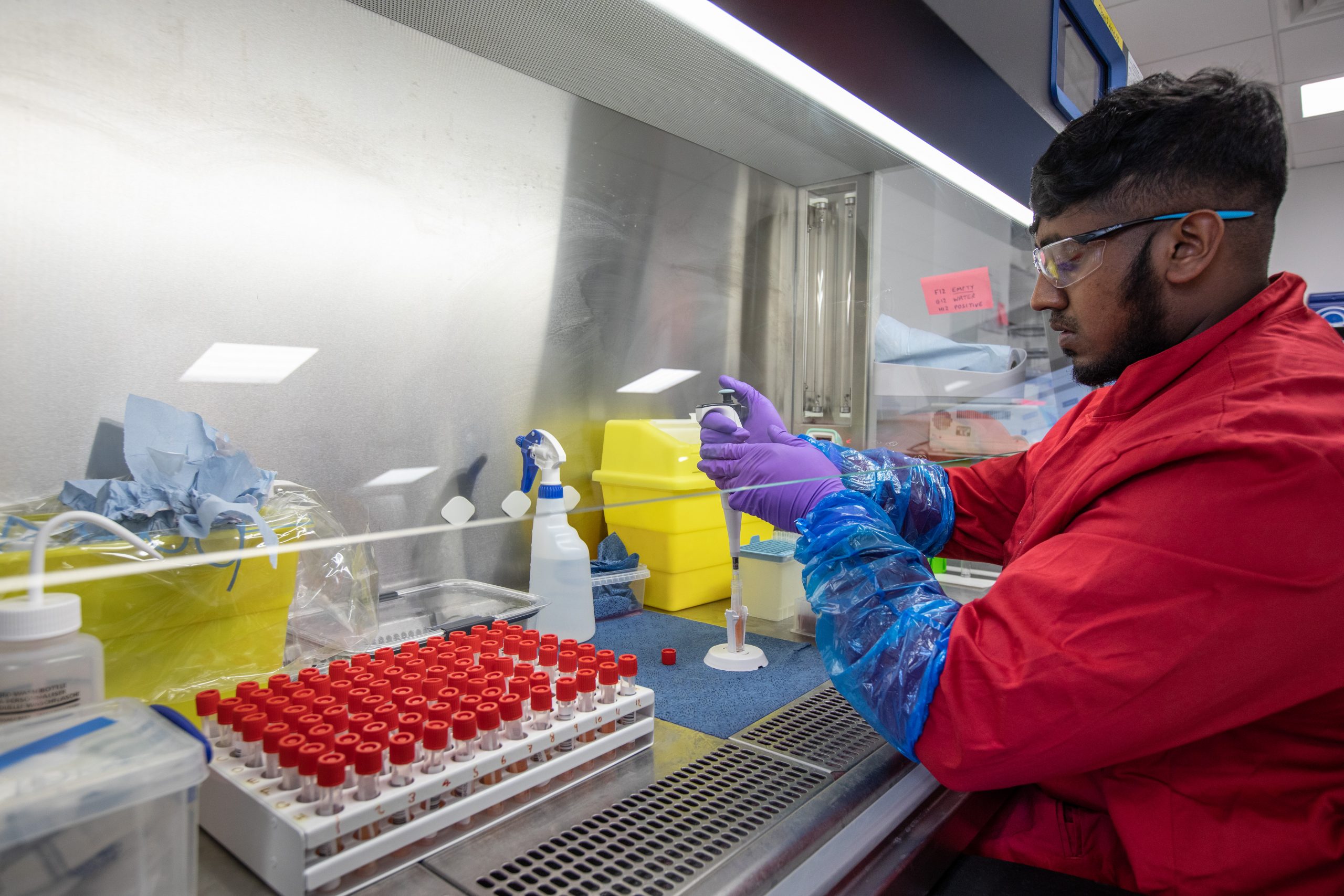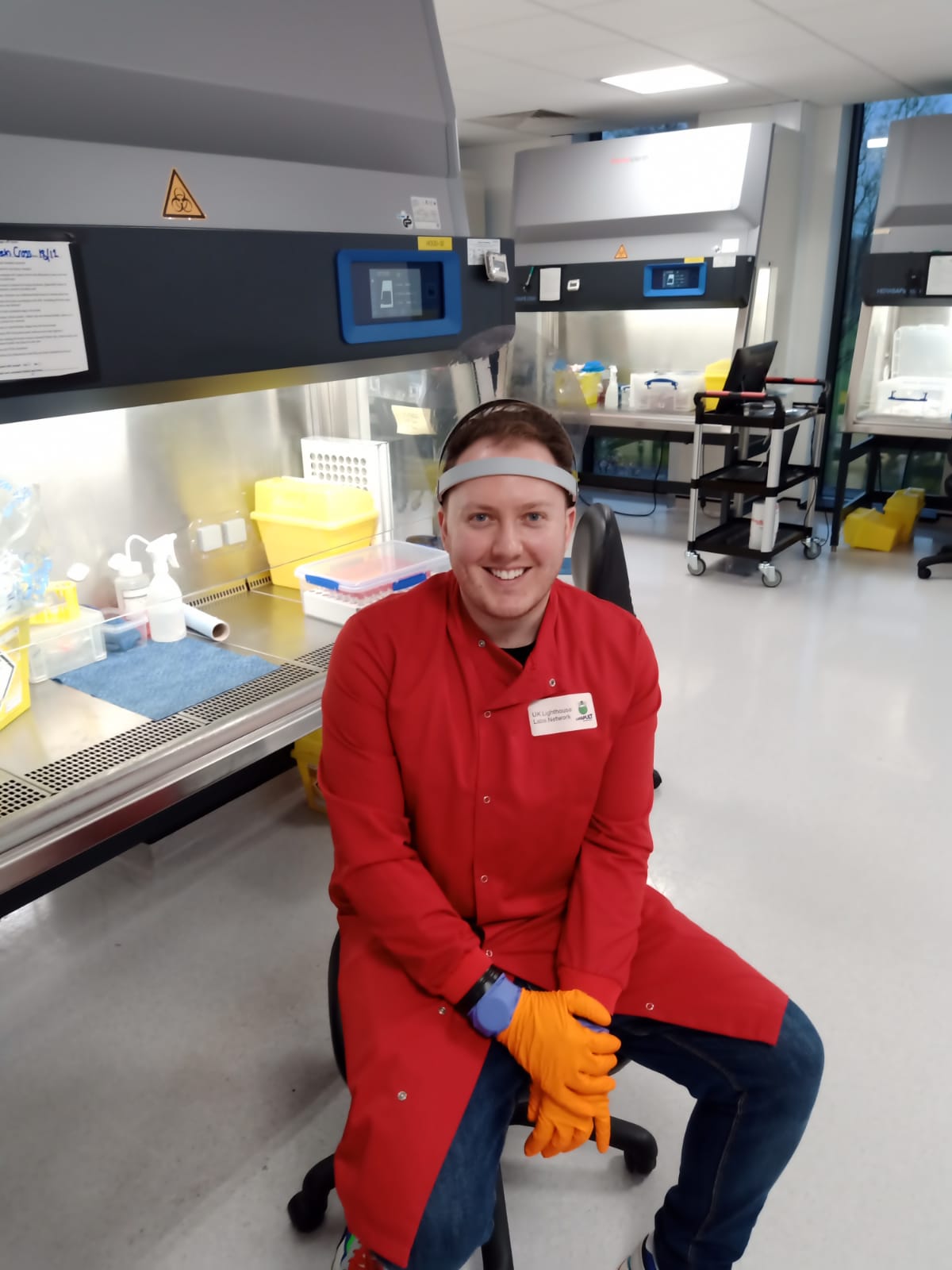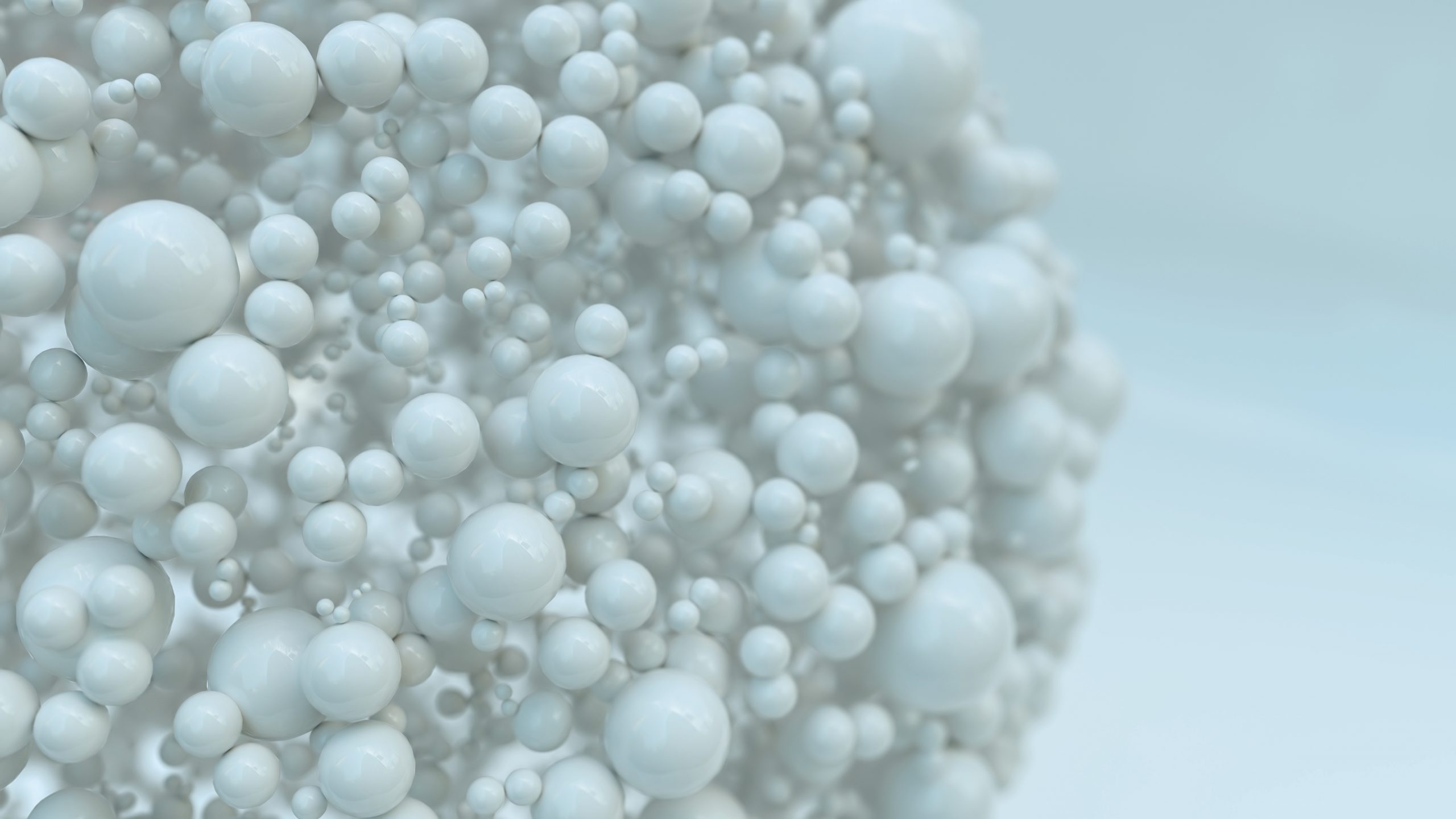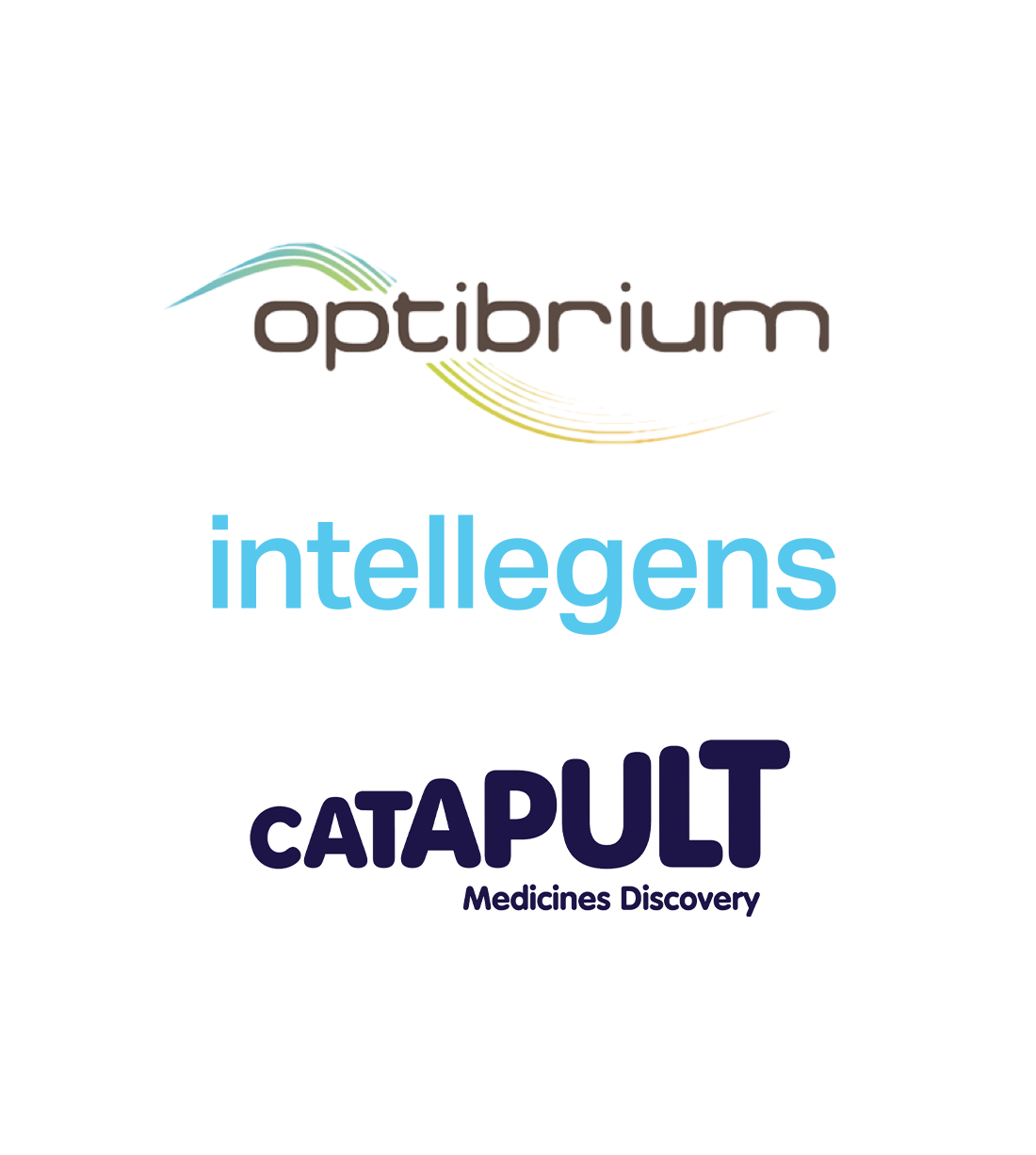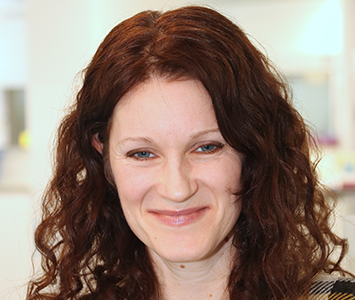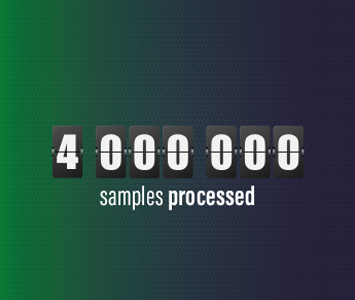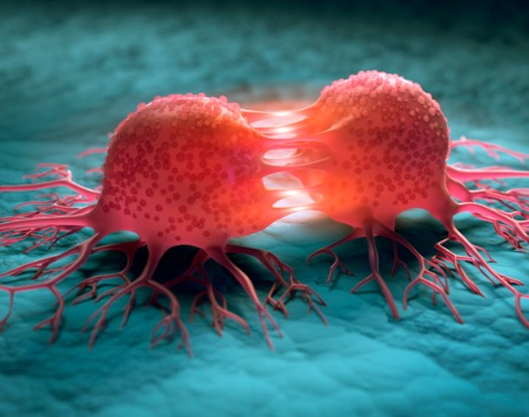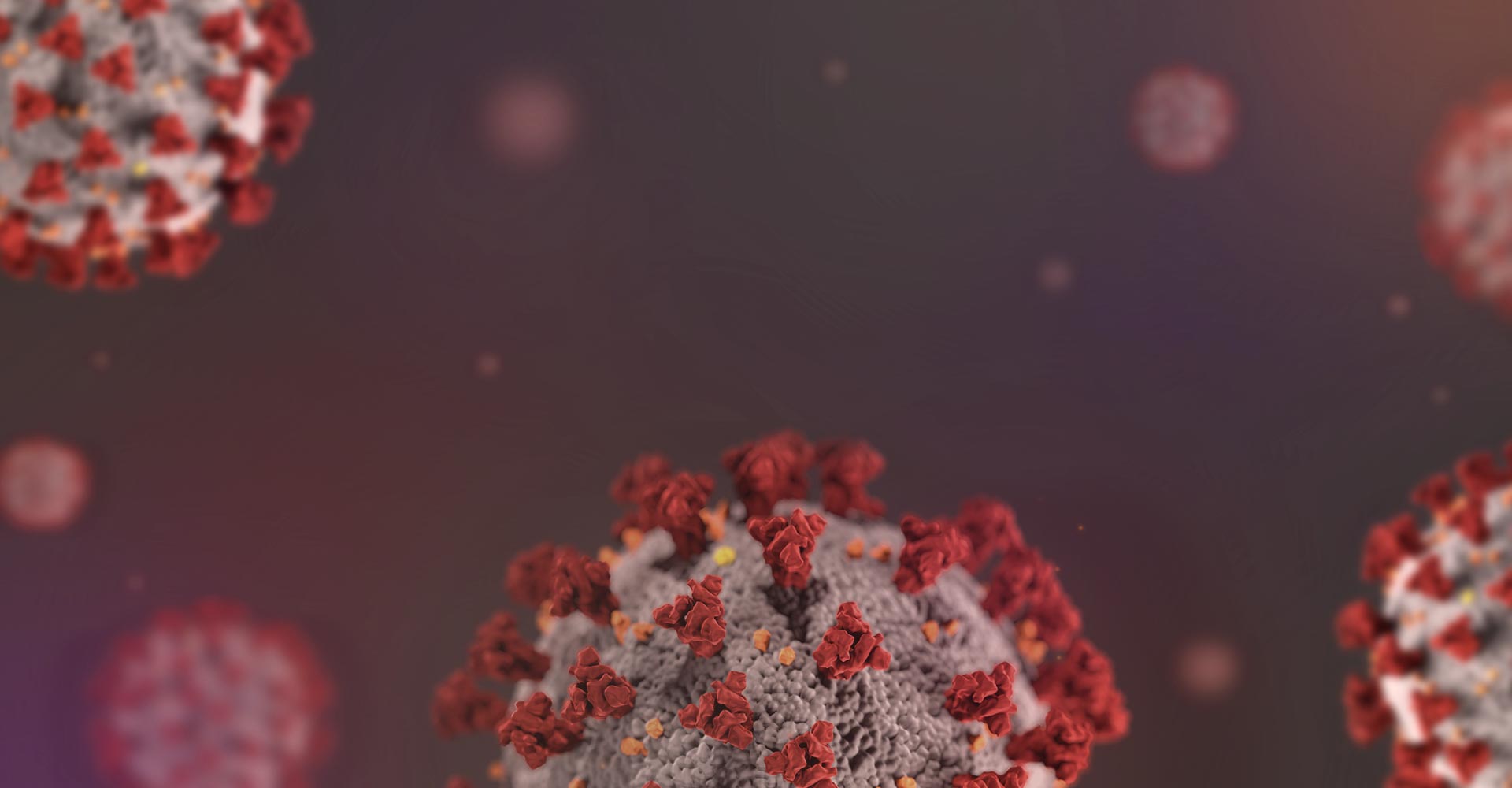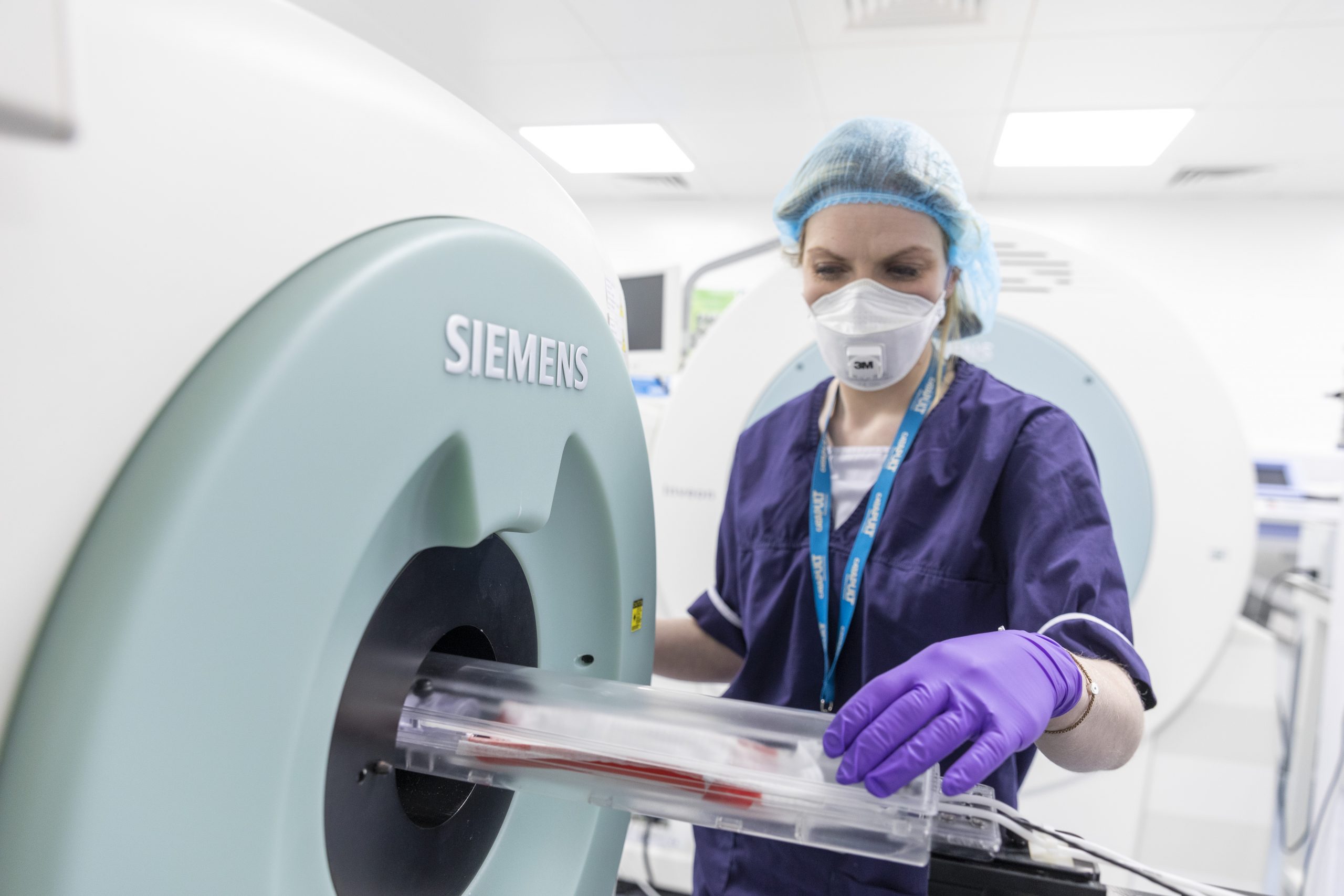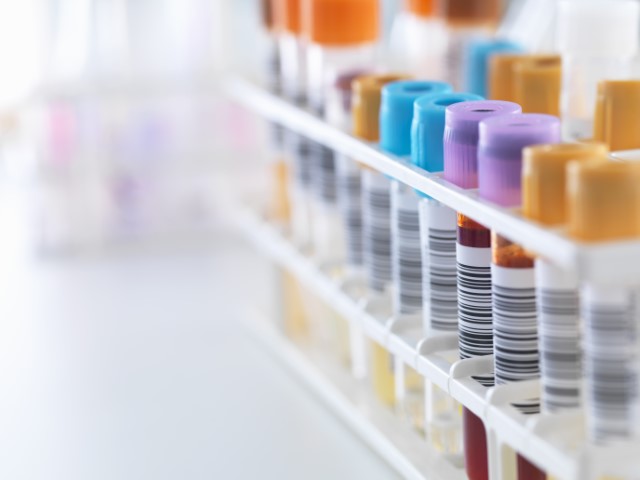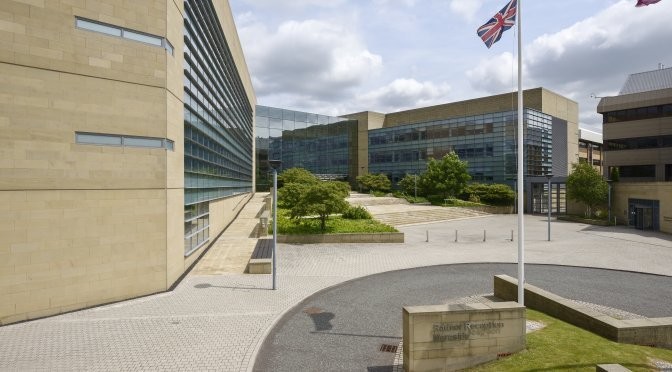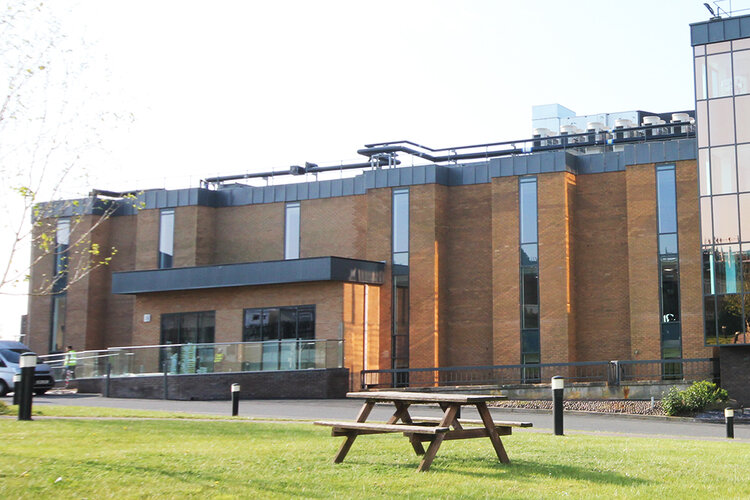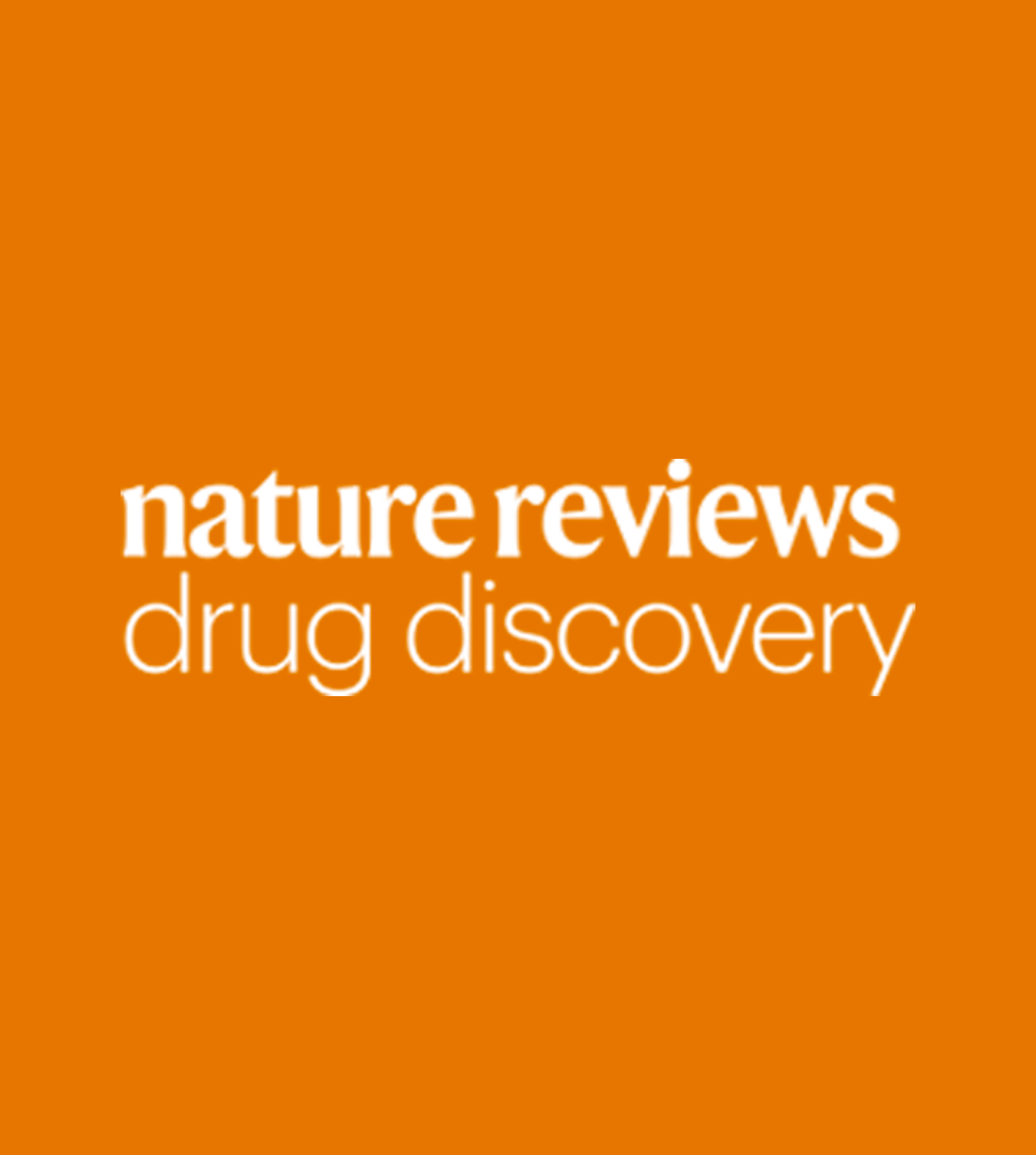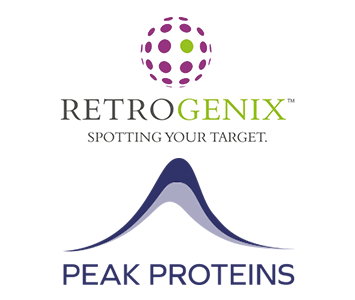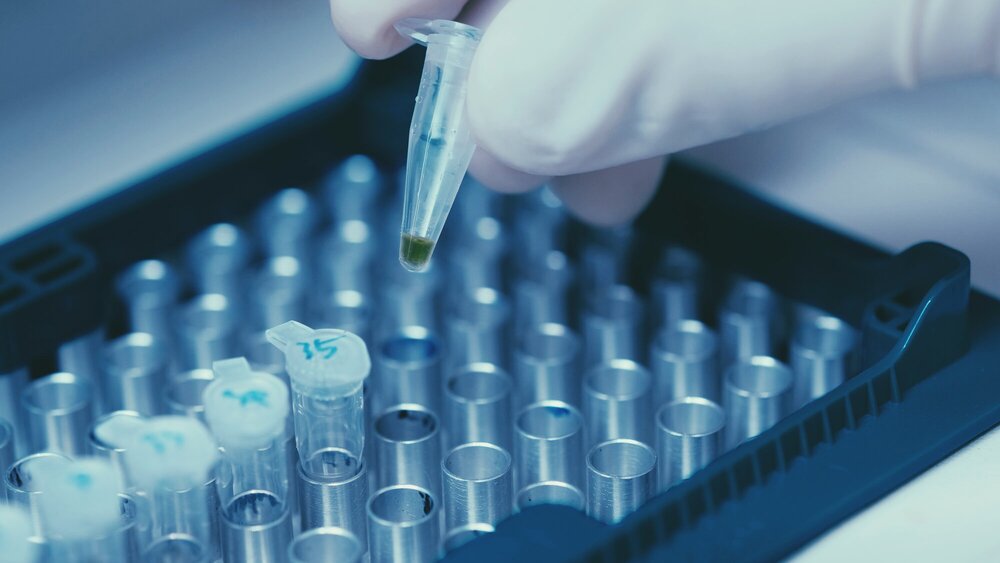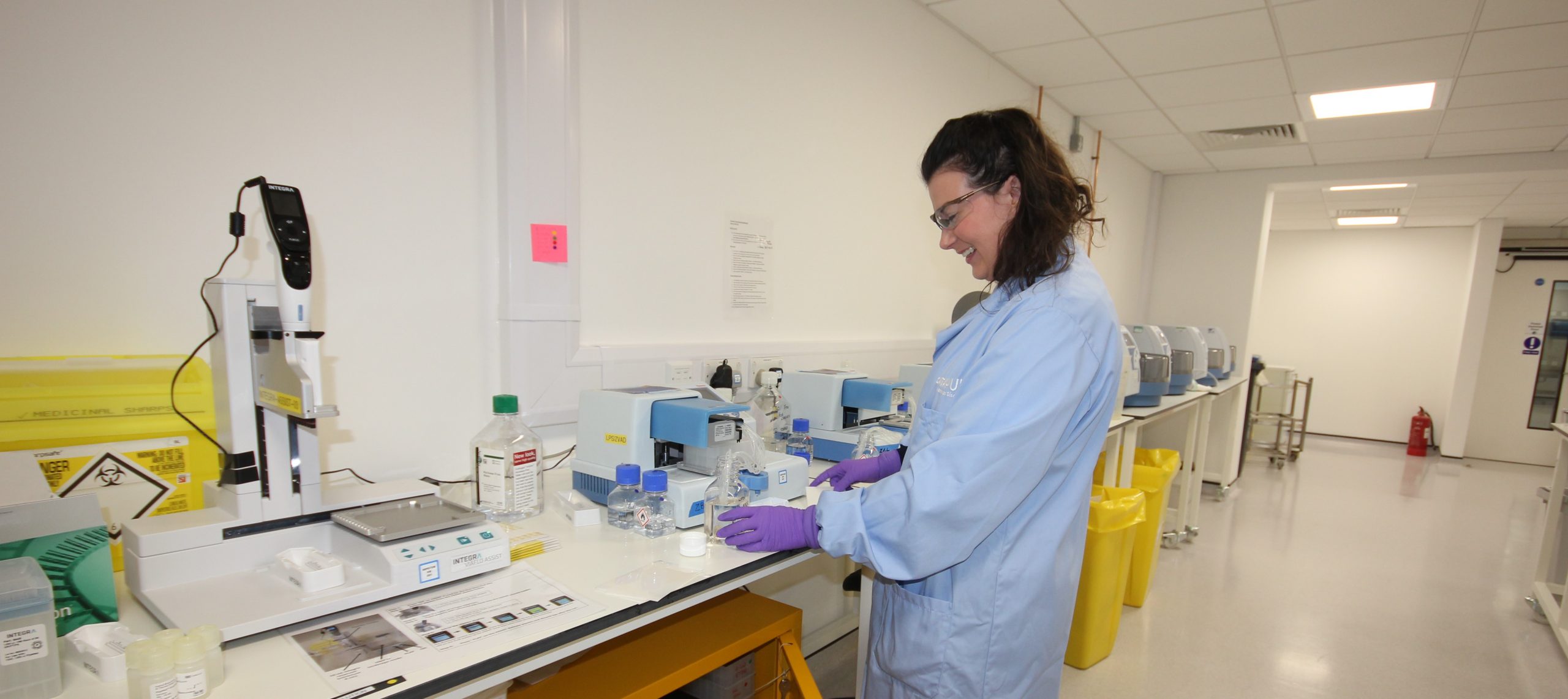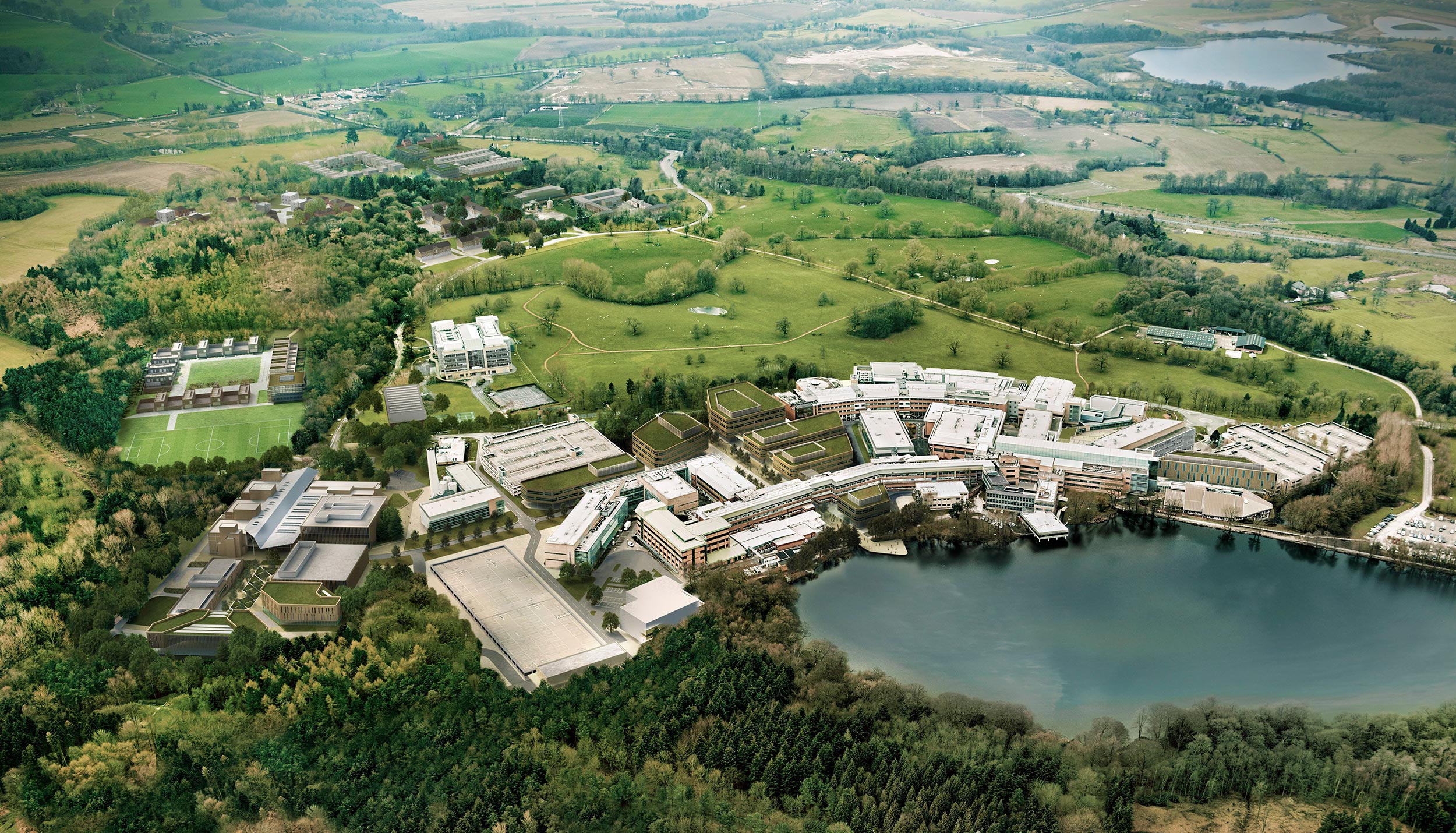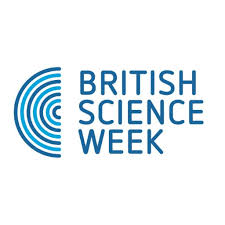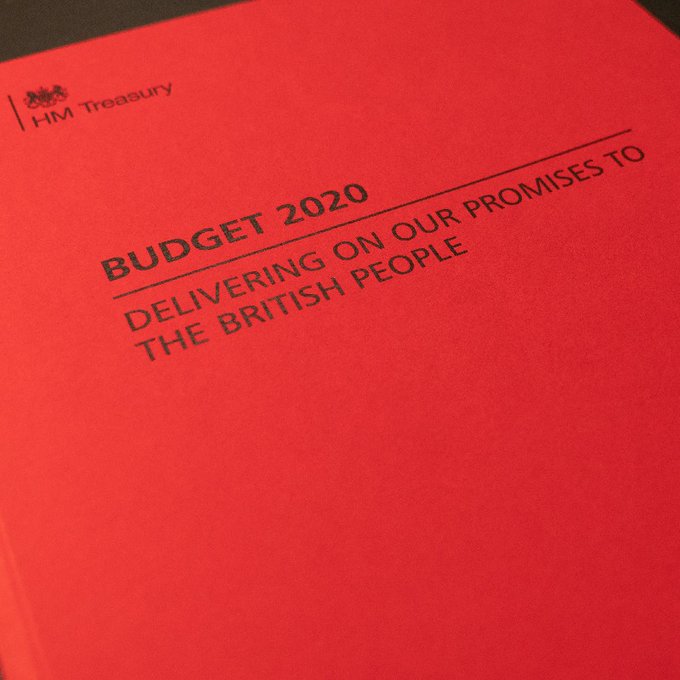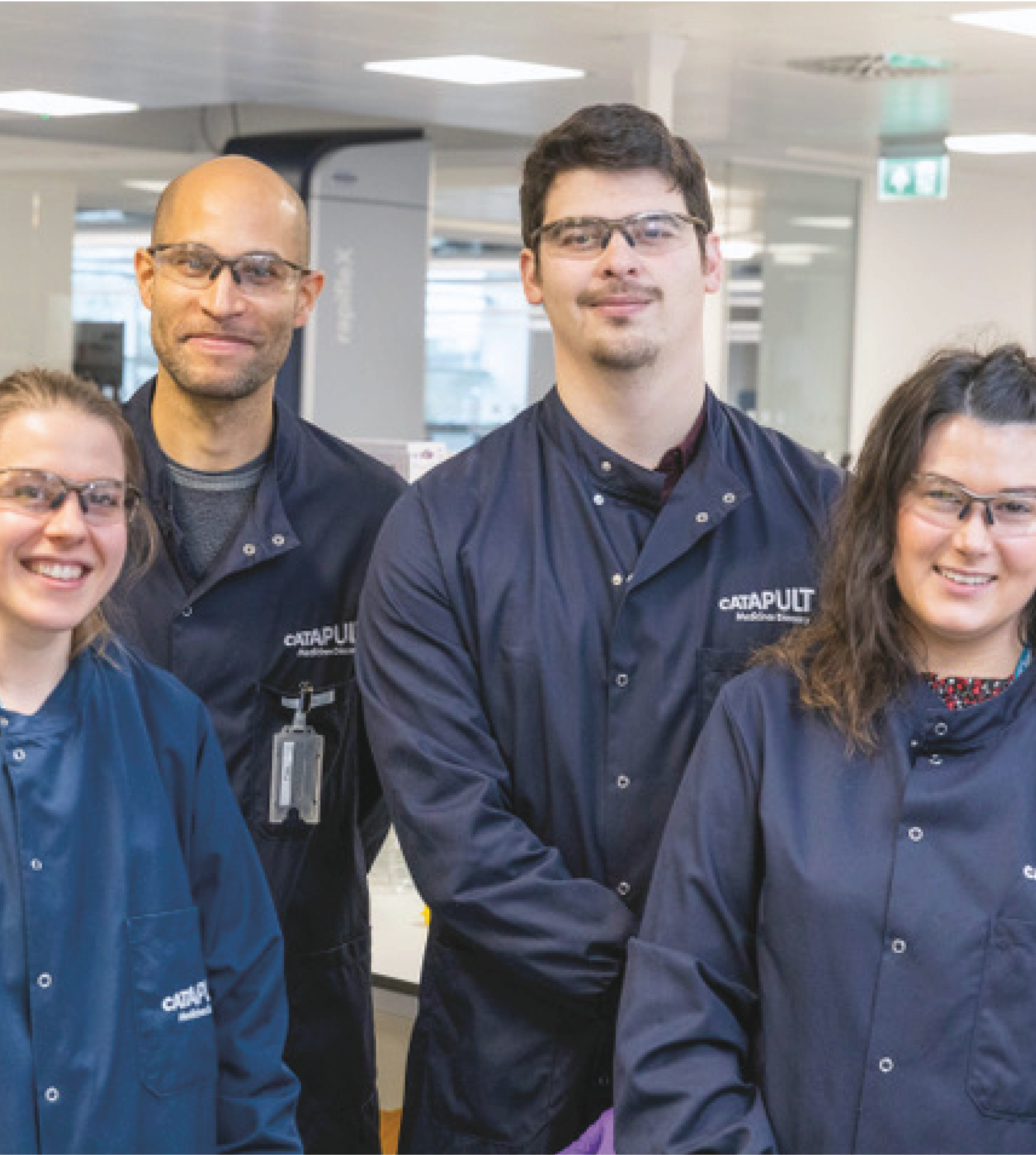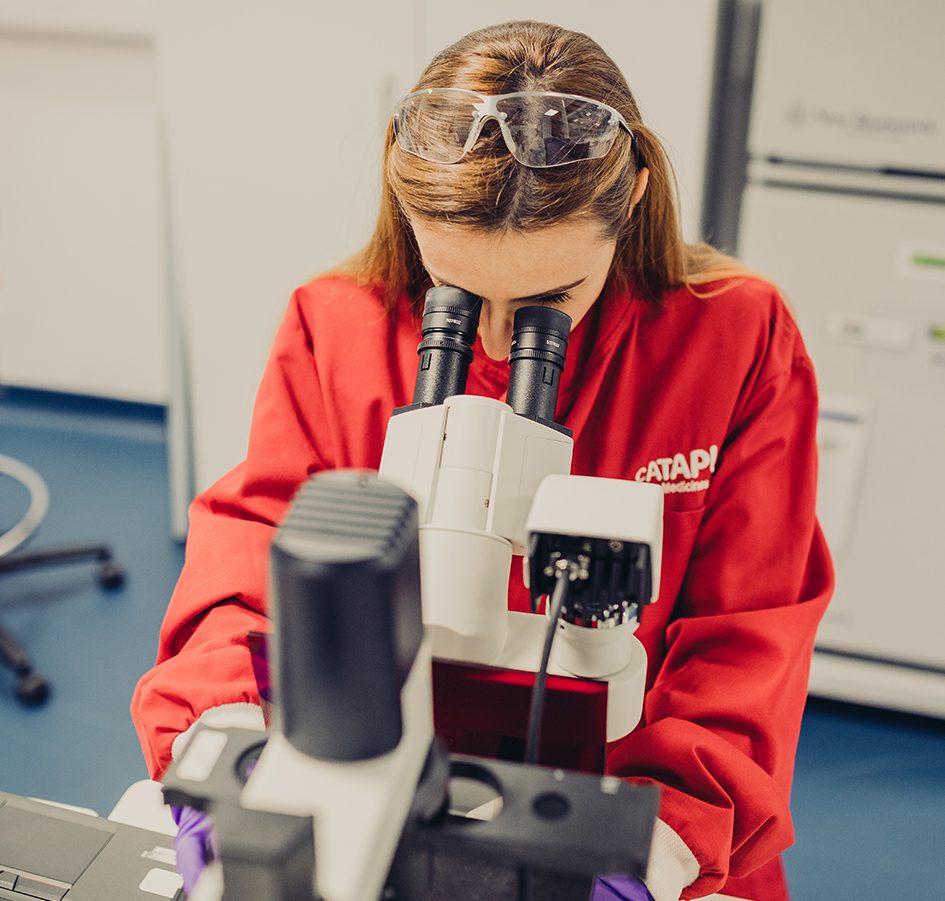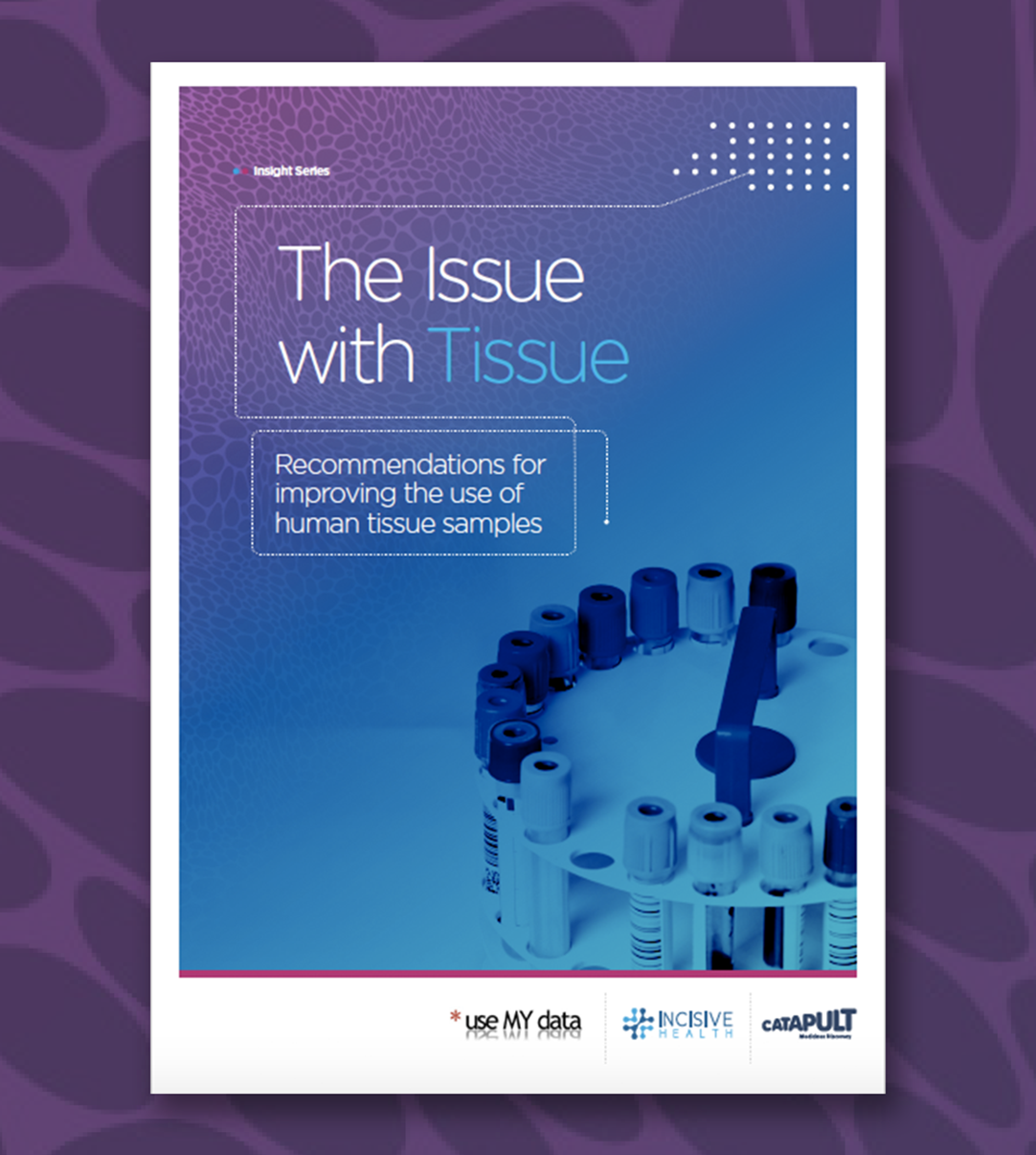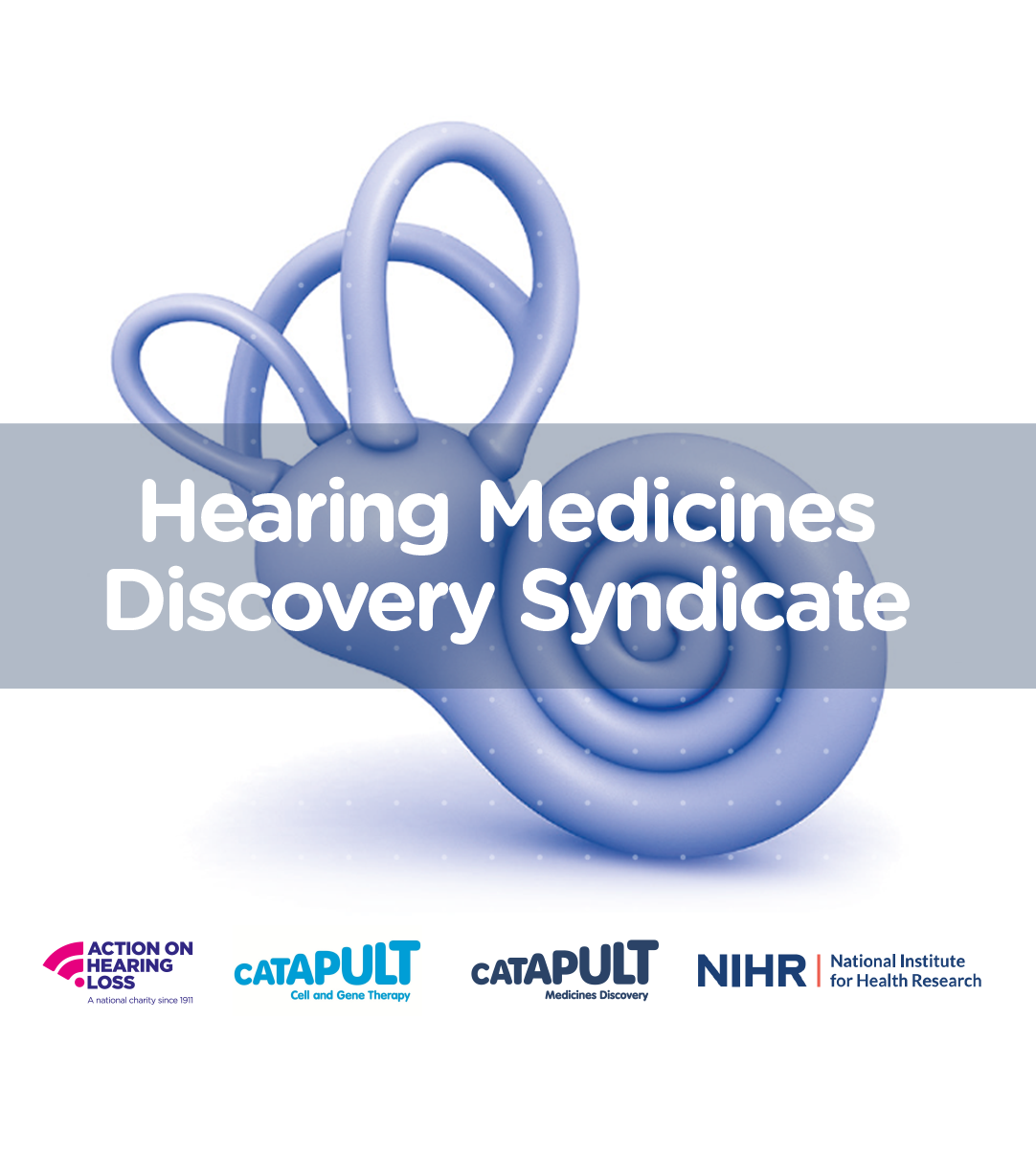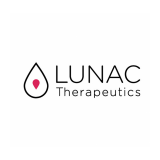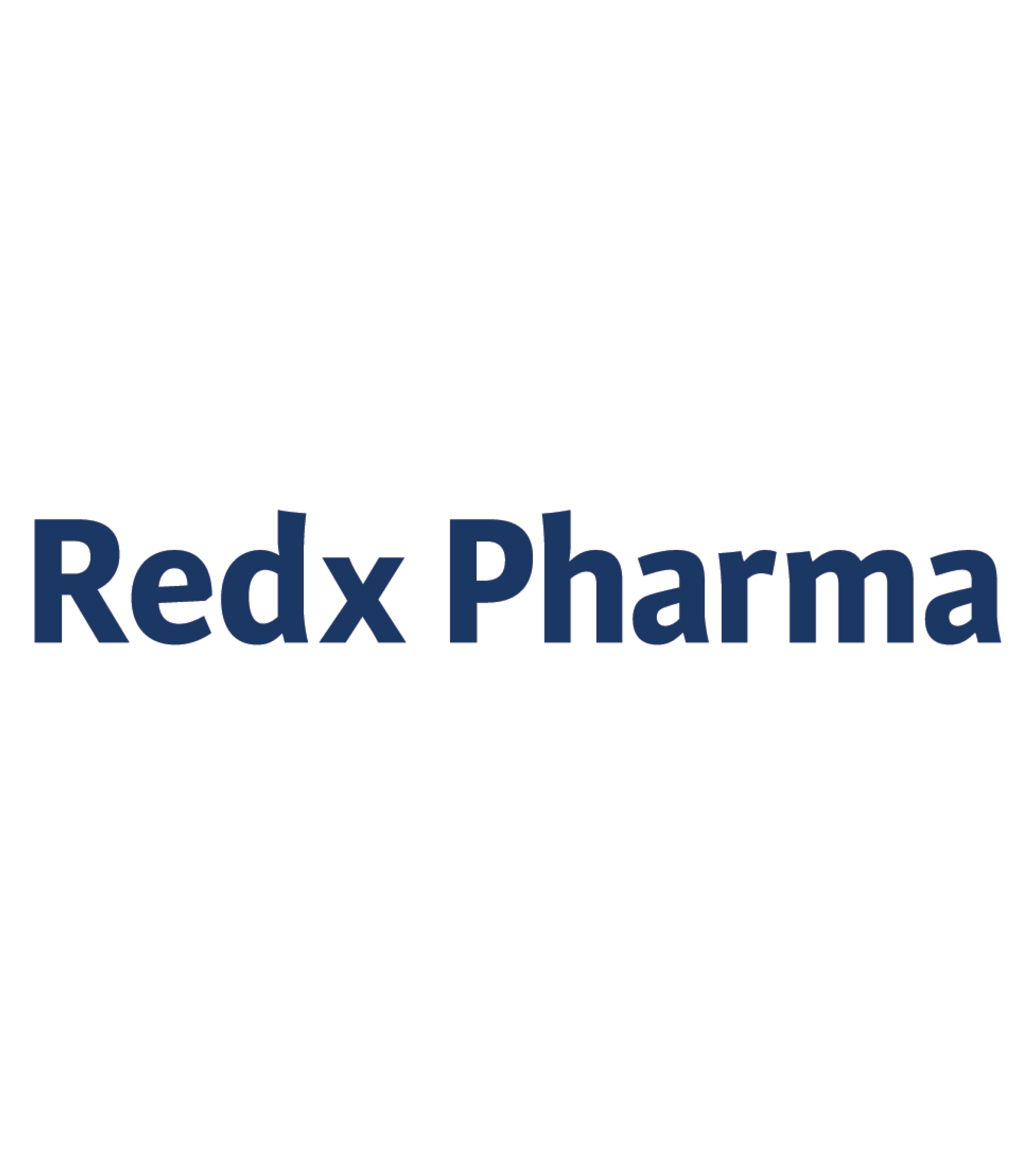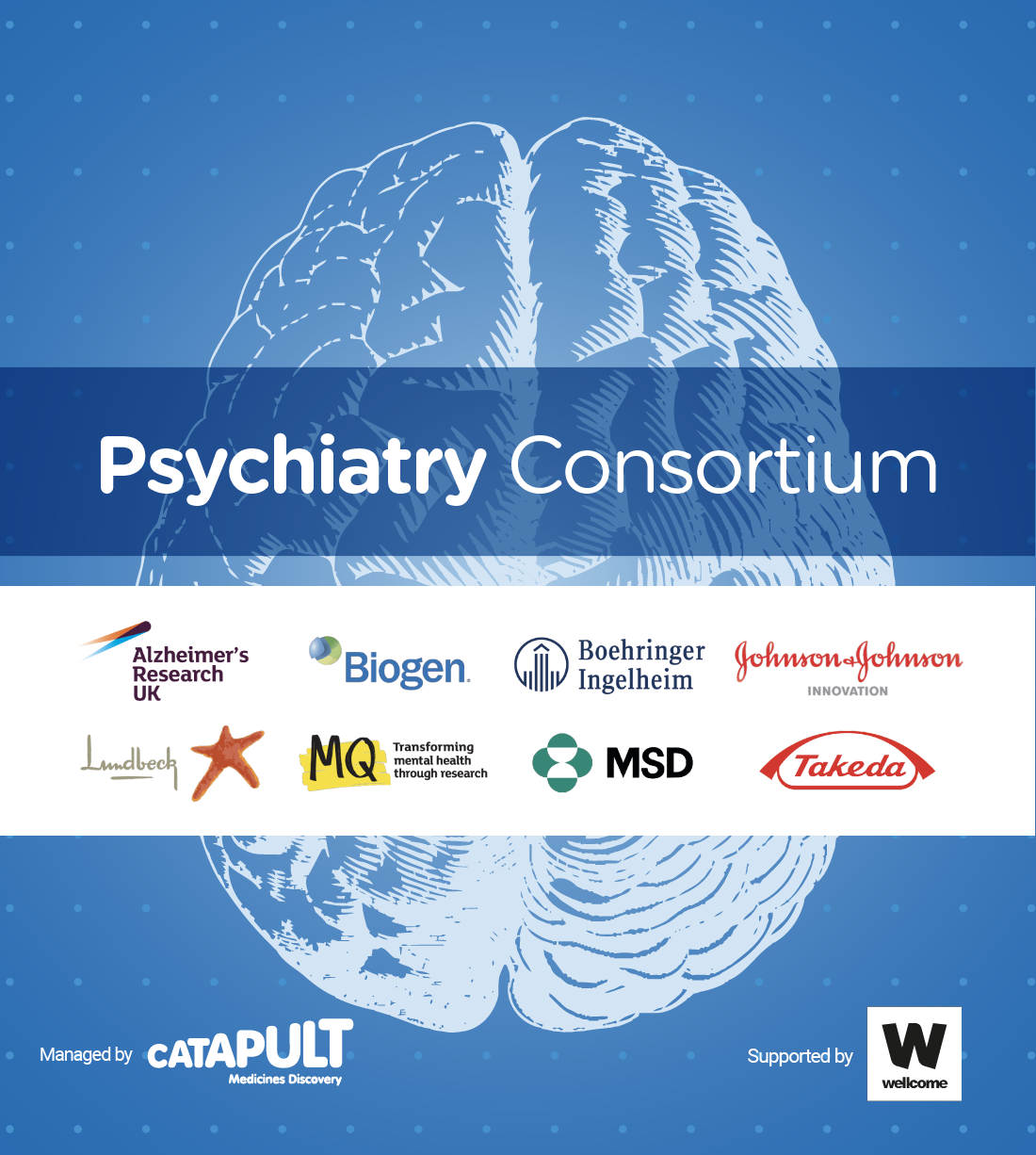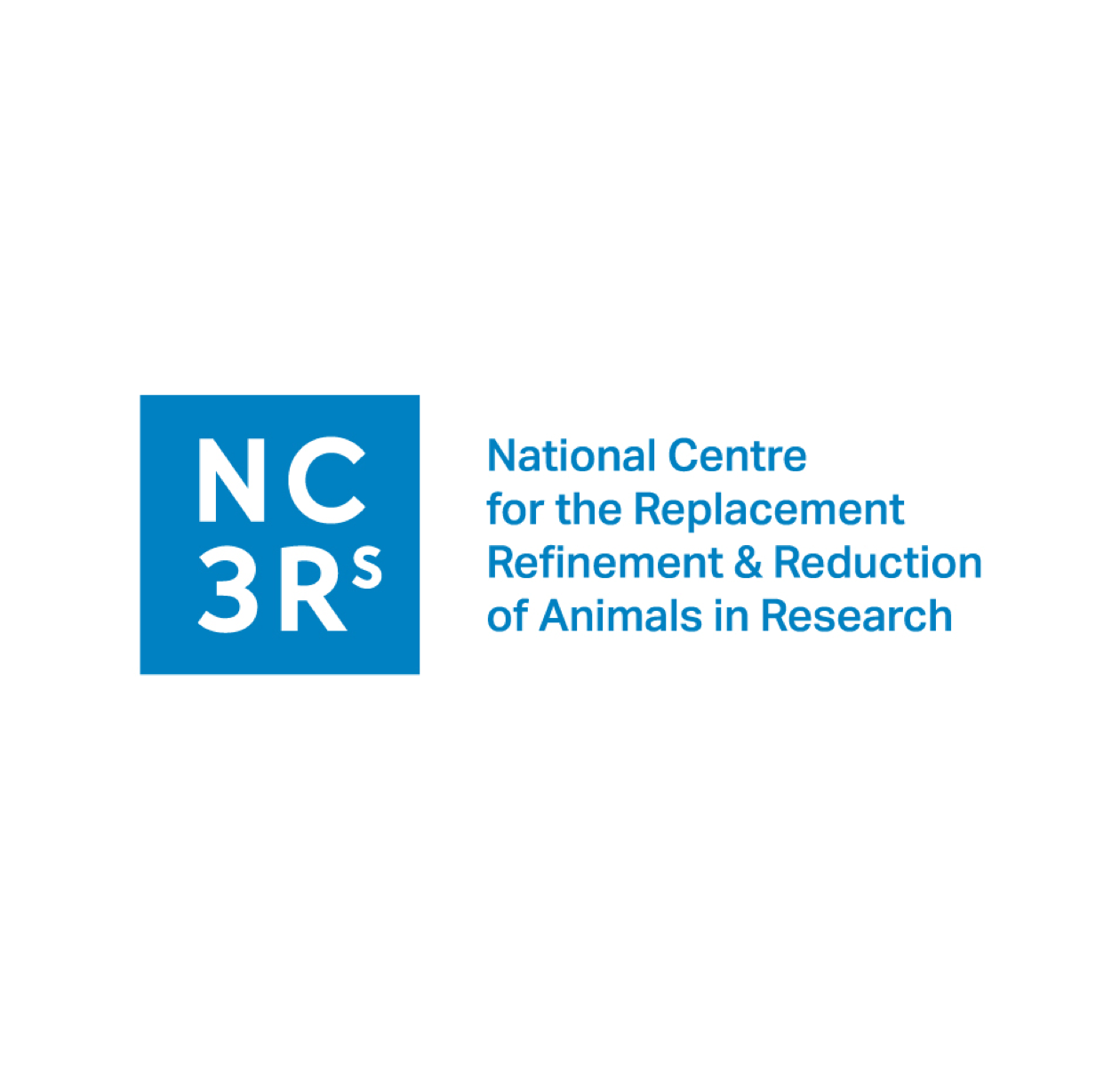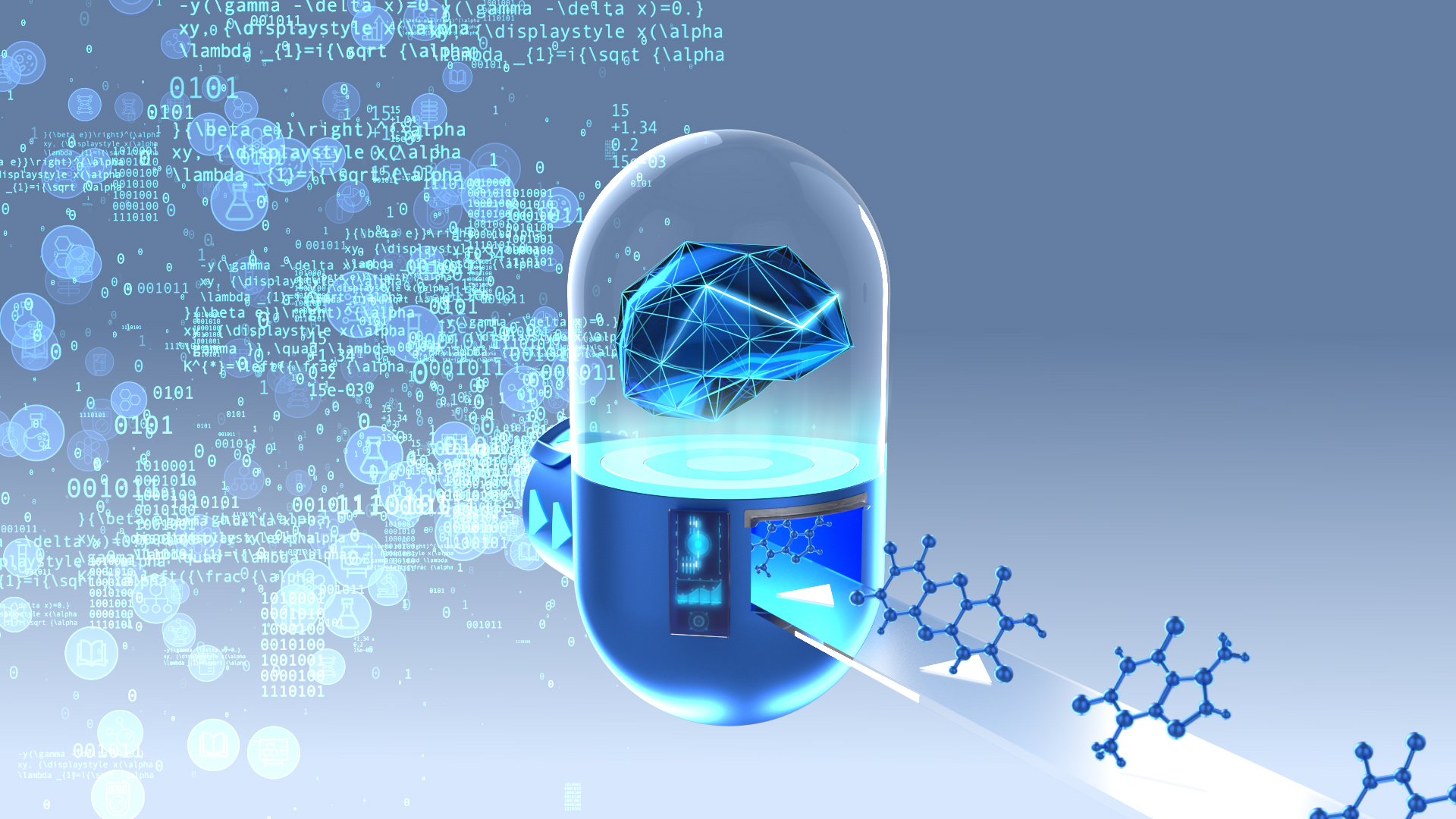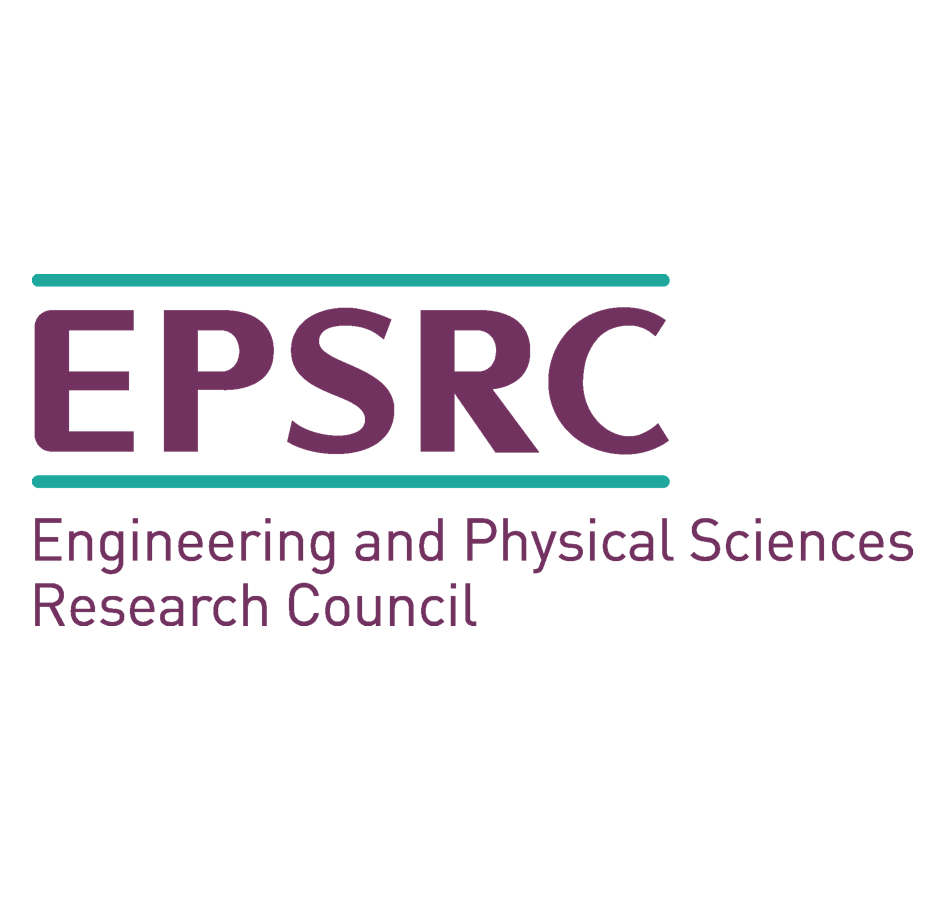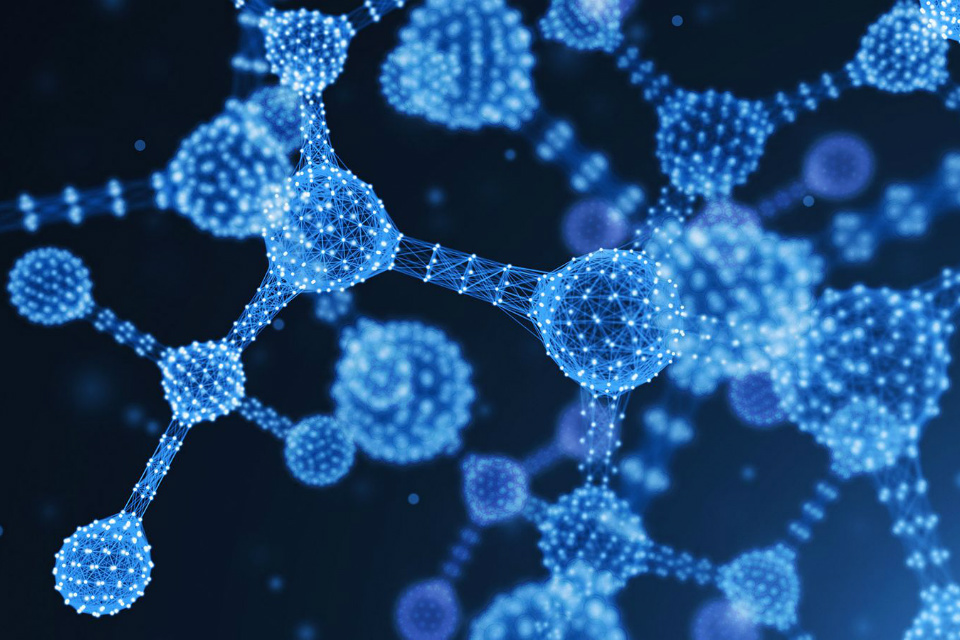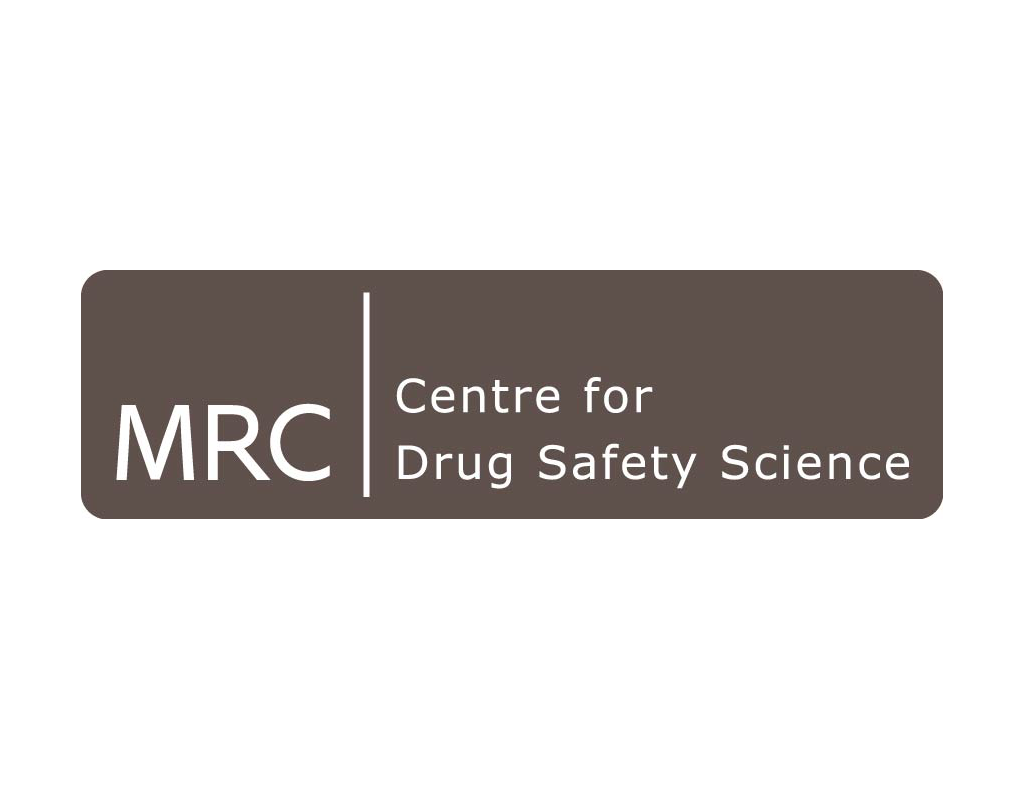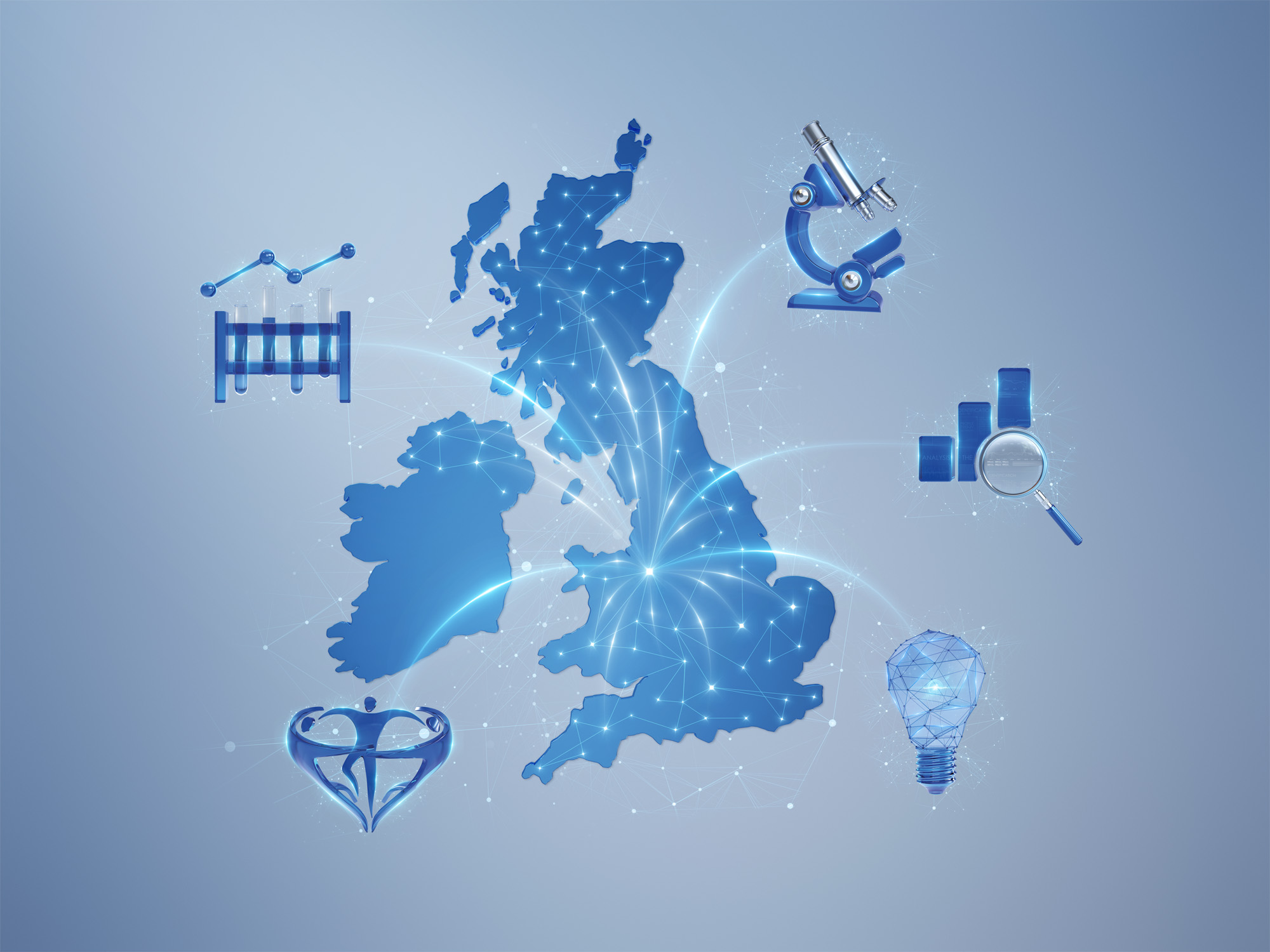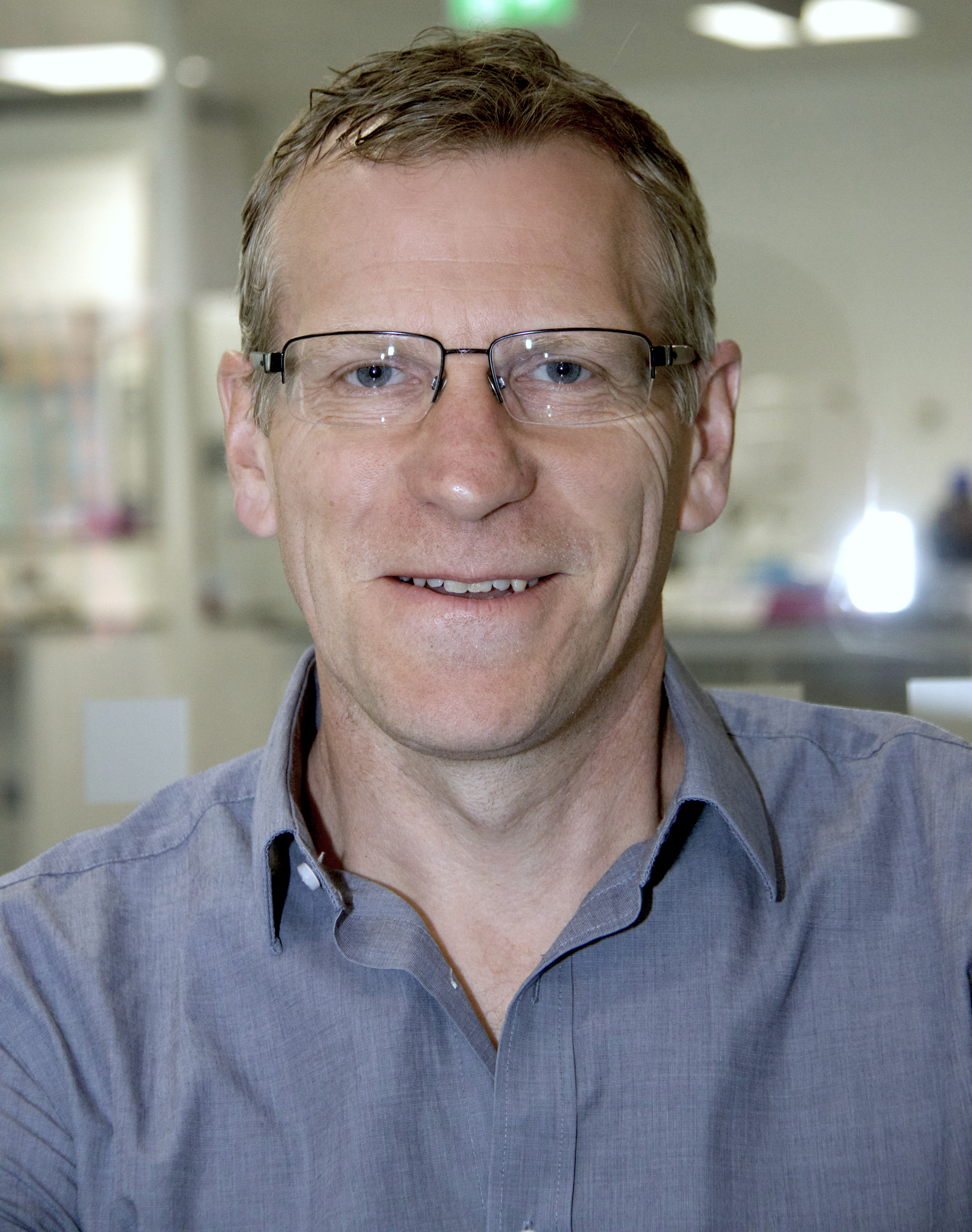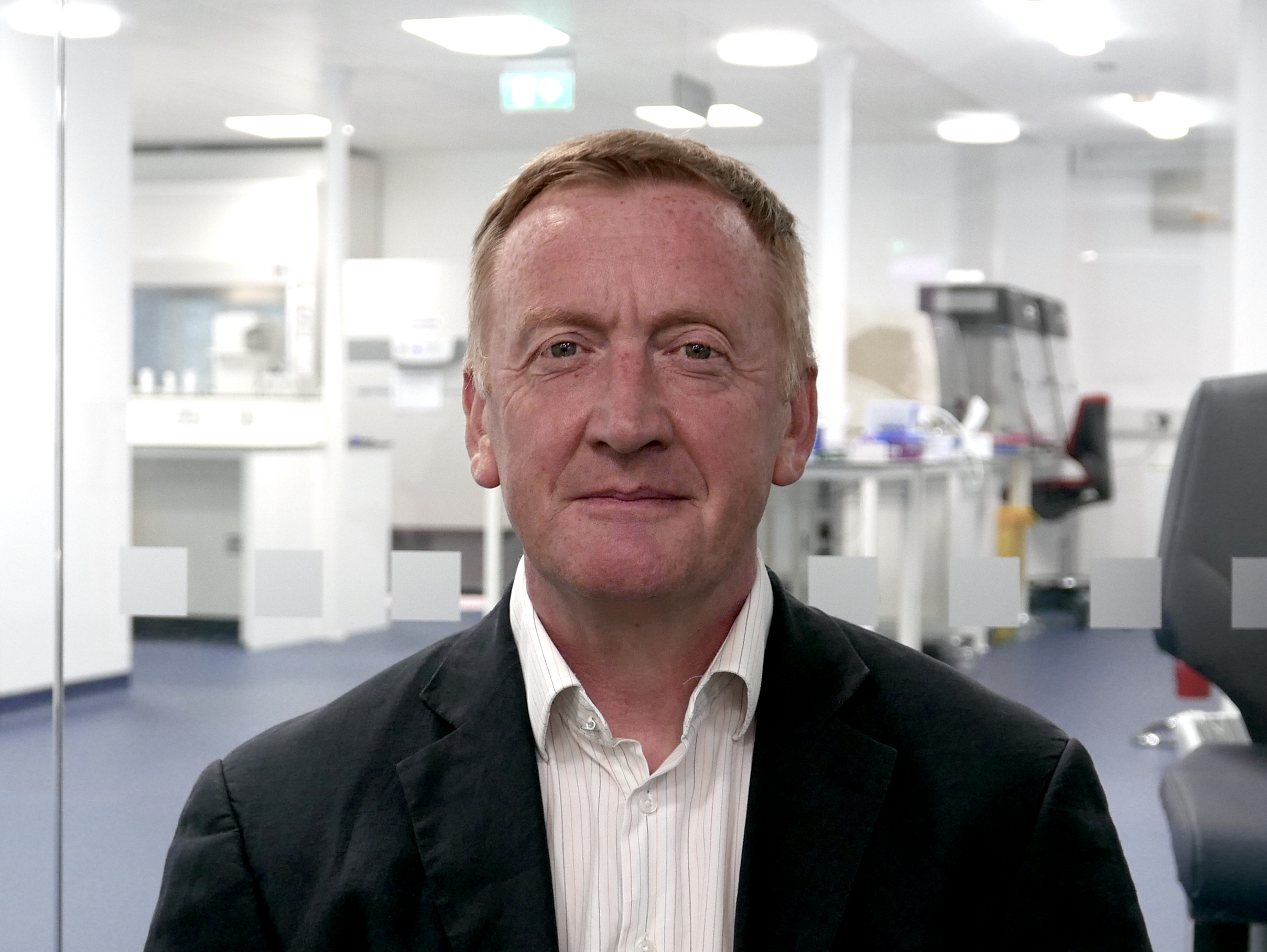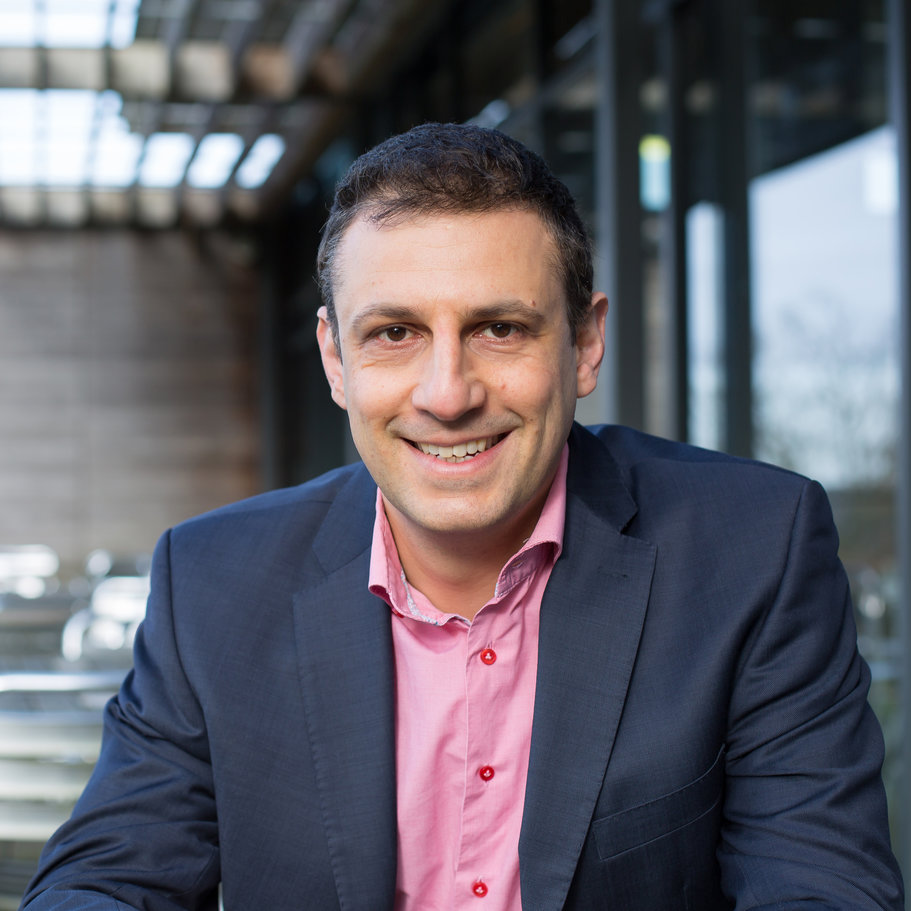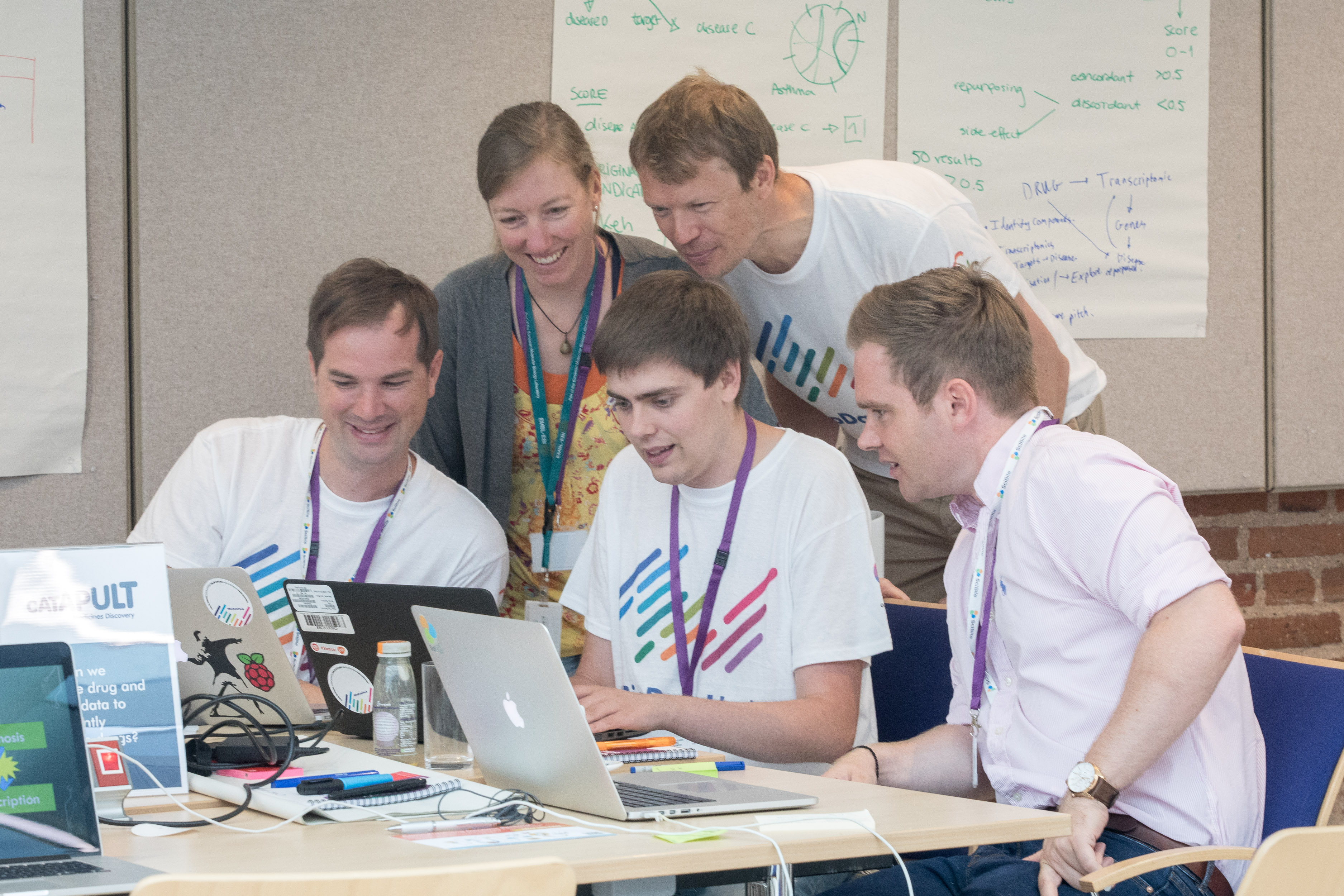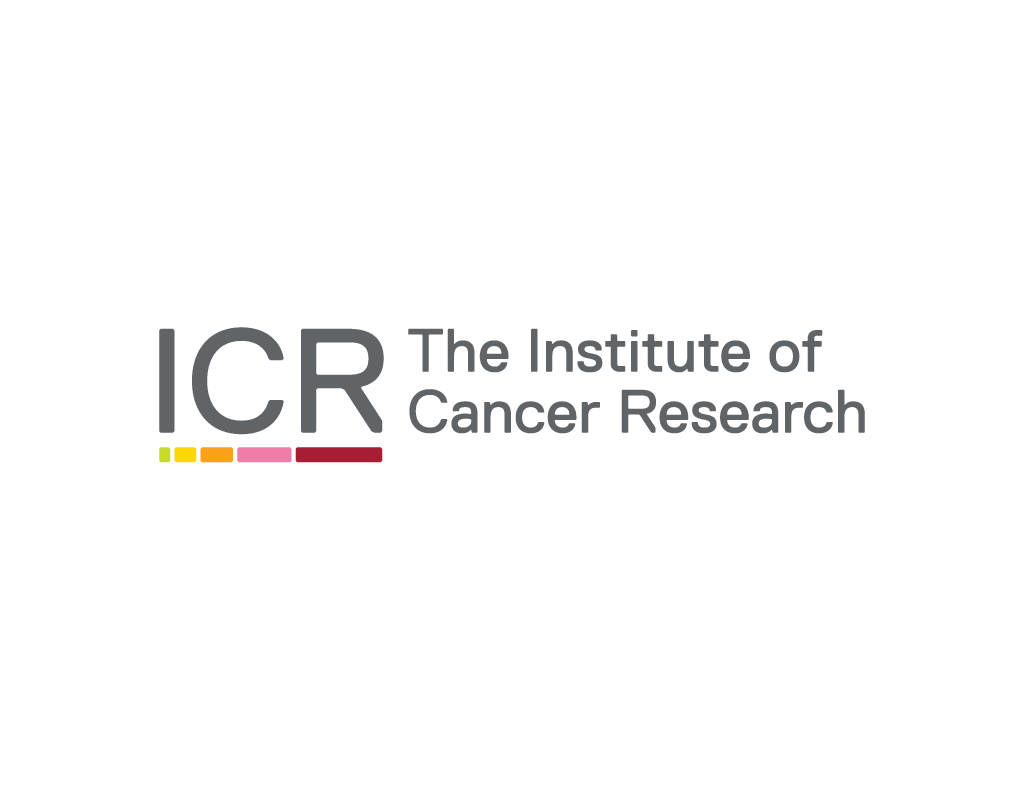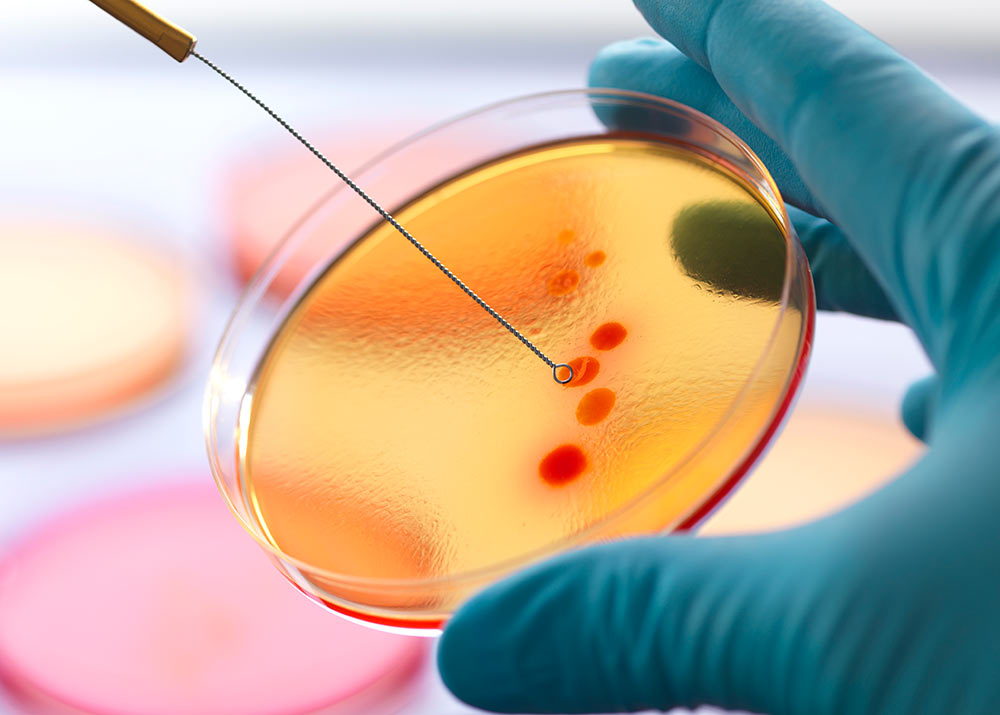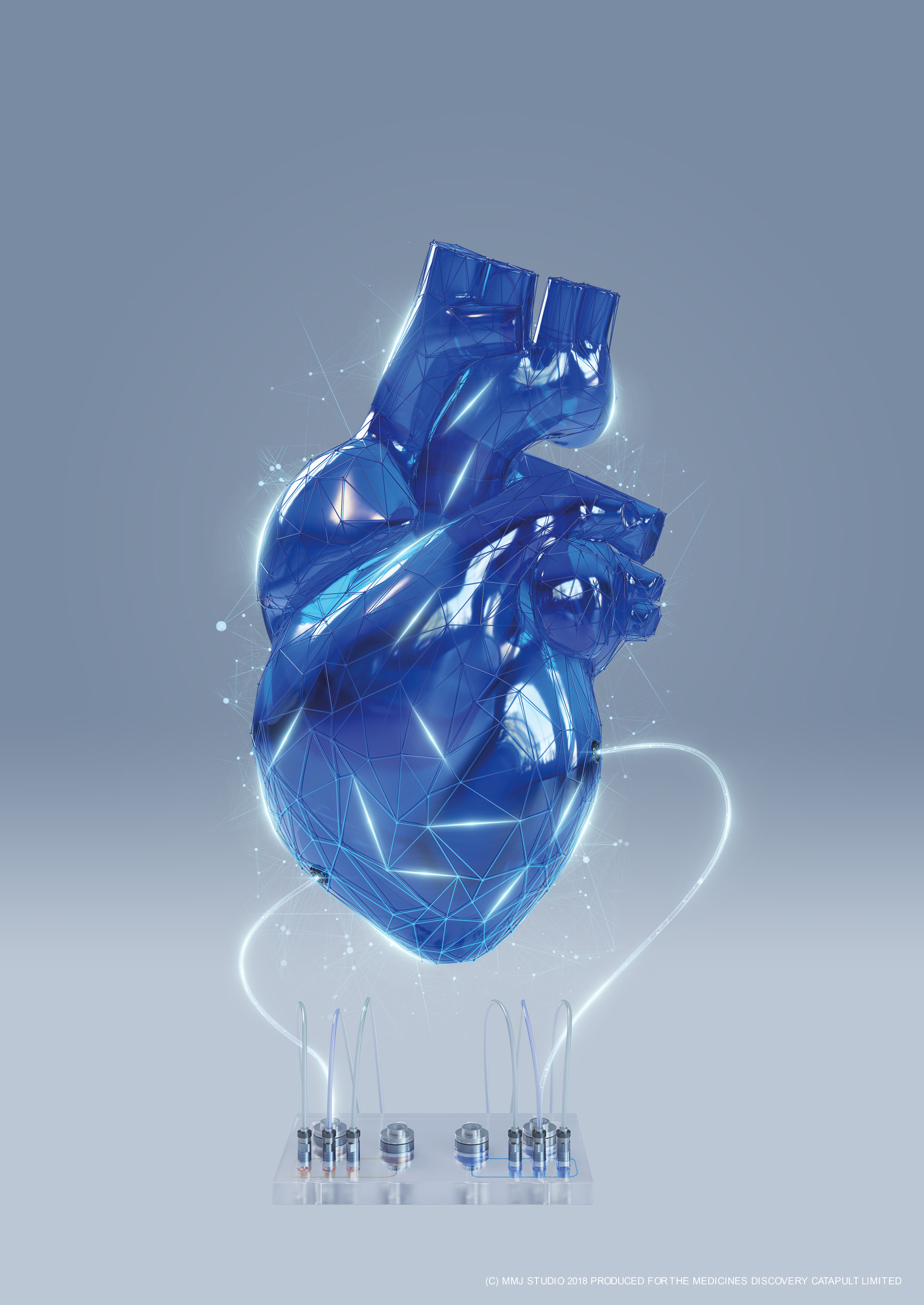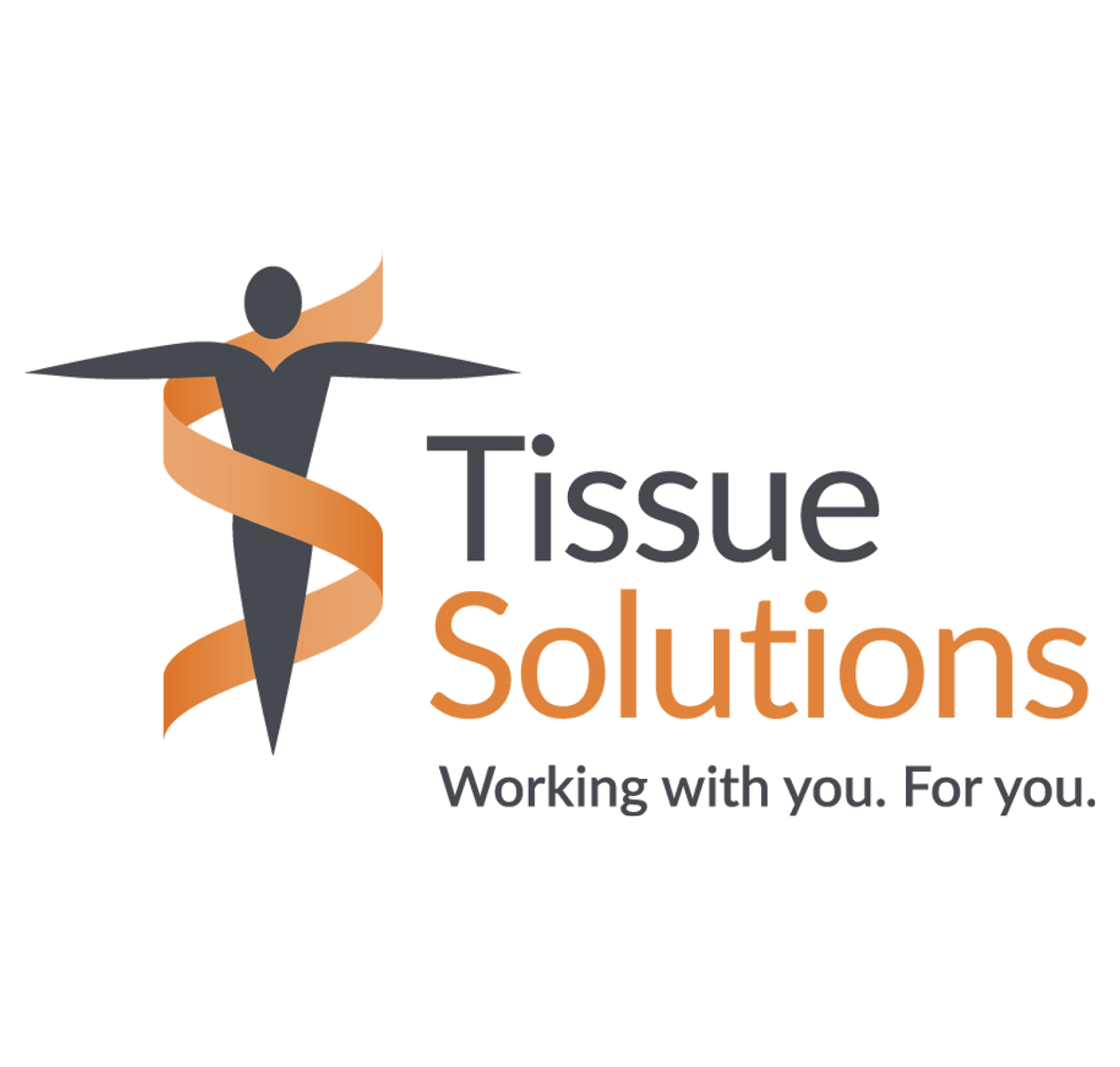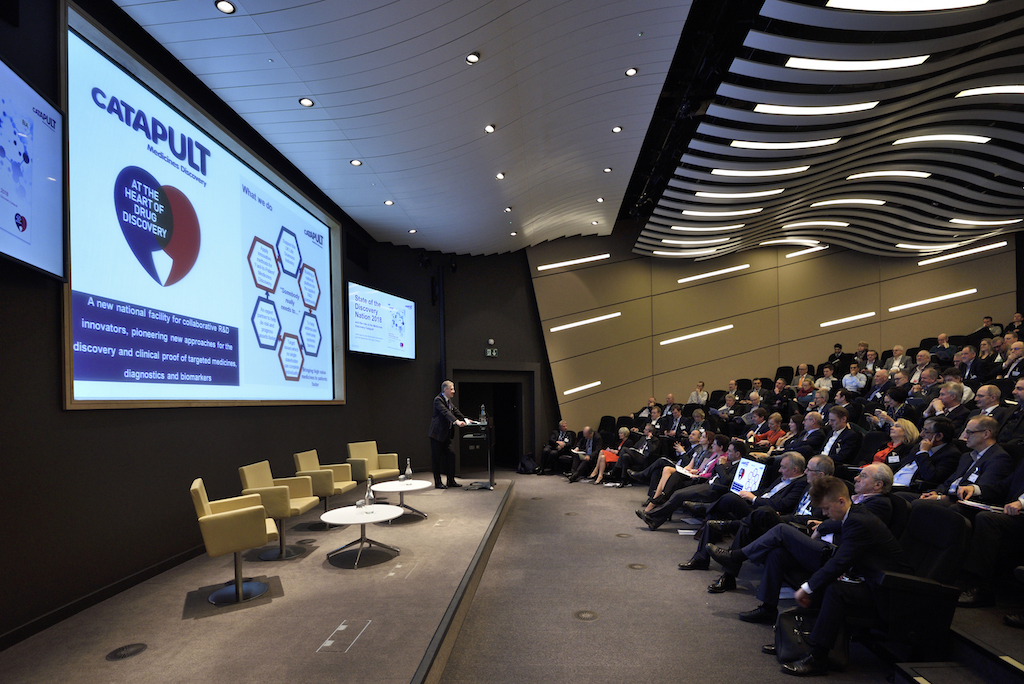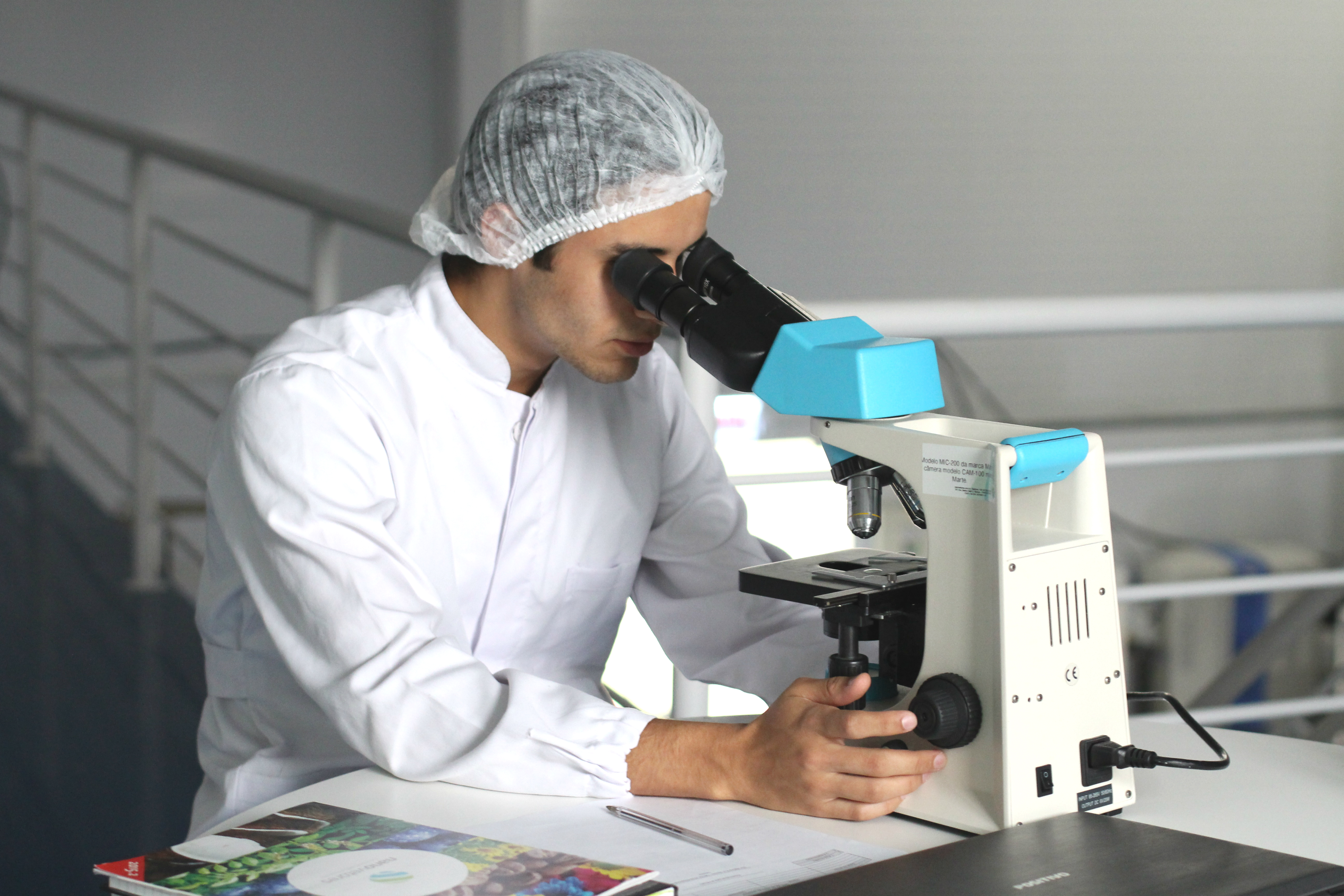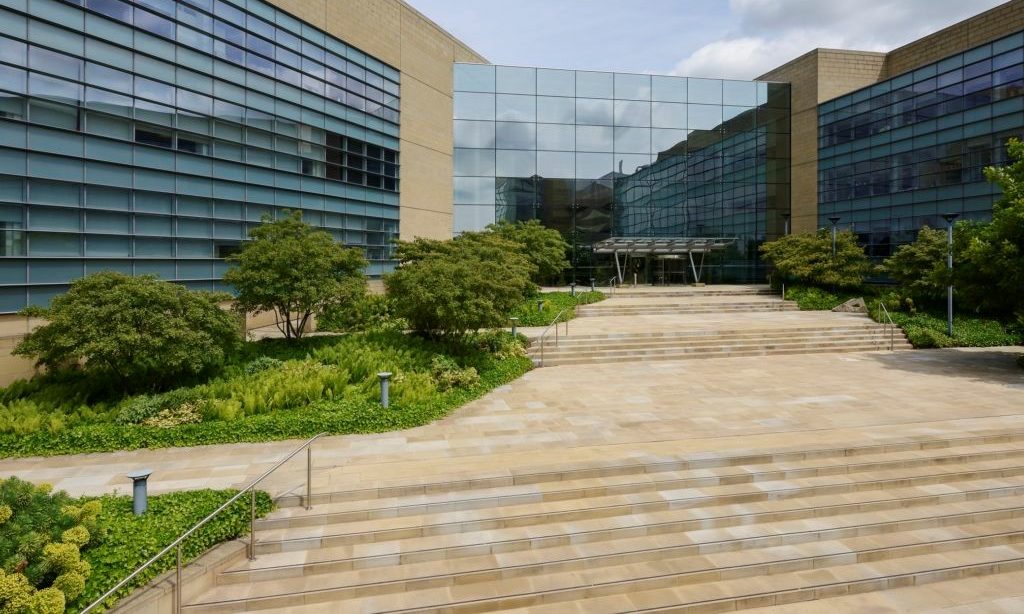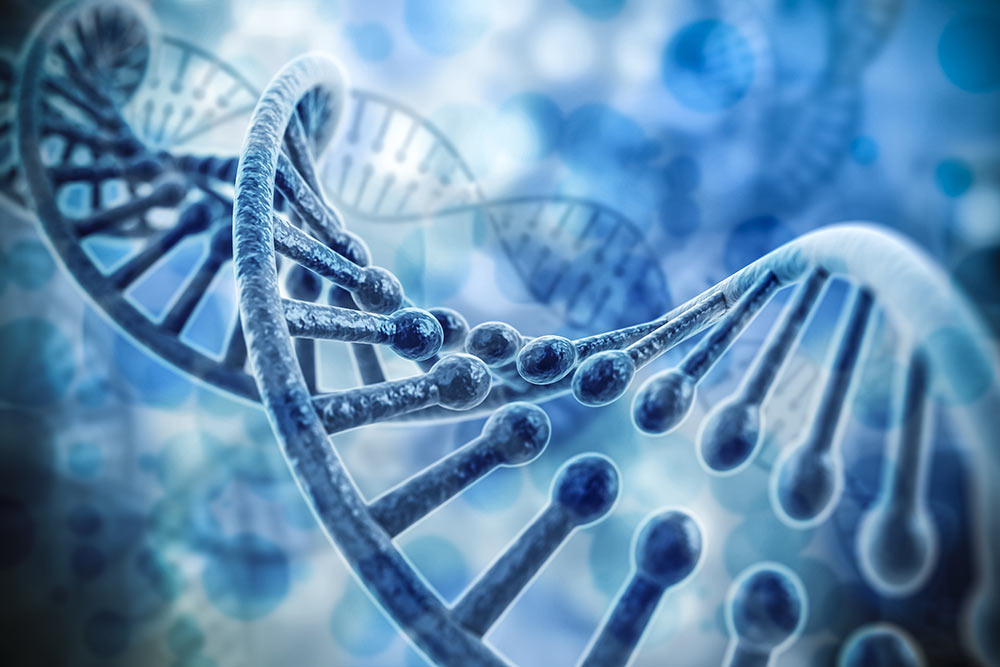
Testing plays a key role in our effort to fight and contain COVID-19; helping to mitigate the spread of the disease by identifying infected individuals and variants quickly and helping to break chains of transmission.
PCR testing for COVID-19 has become just as commonplace across the country as hand sanitiser and facemasks.
The country’s Lighthouse Lab network, which processes the swabs, is an intrinsic part of the government’s pillar 2 testing capacity and can currently process more than 620,000 tests a day.
Although part of everyday life, the journey our test swabs have been on before the results come back to us – with either a positive or negative result – is a little less well known.
For children being tested using PCR, as they head into winter after half-term, Kieran Finney – a Laboratory Operations Lead at Medicines Discovery Catapult (MDC) Lighthouse Lab in Alderley Park, Cheshire – has opened the doors to the region’s students via an informative video, to explain the science behind the process and what goes on at the lab.
The Alderley Park lab where Kieran works was launched in April 2020, a little over a month after the MDC team were tasked to establish the lab by the government.
Today, Kieran, alongside a team of 750 colleagues at the Alderley Park lab, can process up to 80,000 samples daily for the Test and Trace programme. The wider network they form part of has been instrumental in supporting the pandemic effort, and central to informing government policy by tracking the scale and spread of the COVID-19 pandemic and identifying new variants.
Kieran works to process tens of thousands of tests a day in the fight against COVID-19, which forms part of the largest network of diagnostic labs in British history. He comments:
“Most of us will either know someone who has taken a COVID-19 test, or had one ourselves. Although the concept of testing isn’t a new one, it is interesting to know what happens to your swab once it has been packed up and sent to us.”
The Lab uses real-time polymerase chain reaction (RT-PCR), which is a highly sensitive test able to detect tiny amounts of the Sars-Cov-2 virus by amplifying the signal from its genetic material. This test is capable of detecting the virus in infected individuals who don’t have symptoms, as well as in infected individuals a few days before they start to show symptoms.
Kieran opens the doors to the MDC Lighthouse Lab facility at Alderley Park, in Cheshire, and reveals what happens to the swabs behind the scenes in the ten-stage process:
- The arrival of the sample – We receive samples from regional test sites, mobile testing units, care homes and home testing kits from across the region. Each sample tube is securely contained in leak proof packaging, inside a box. The sample tube and the outer bag have identical anonymous barcodes, which the NHS will later use to identify the individual.
- Unboxing – A dedicated team safely unboxes the samples before giving them a thorough visual check for any leaks, to ensure they are safe to work with. If any leaks are found, they will be deemed unsafe to process, scanned through as defective, and the individual will be notified that they will need to retake a test.
- Arrival in the lab – Sample tubes are transported into the labs, still inside their leak-proof packaging and further secured inside sealed plastic containers. A lab operator wearing protective clothing will then un-bag the sample inside biosafety cabinets, which protect the operator through secure airflow and very fine filters, meaning no virus can escape the unit. While this is happening, the team conduct further checks on the samples for any subsequent issues such as leaks, mismatching patient barcodes, or missing swabs.
- Making the sample safe – When everything is present and correct, viable samples are then racked ready to be processed. They are then pipetted manually by an operator, or through our automated robotic handlers into a lysis buffer – something which breaks down and deactivates the virus, but stabilises the genetic material needed for the eventual diagnosis.
- Extracting the genetic material – The samples are left in the lysis buffer for 15 minutes to fully deactivate the virus before they’re prepared for RNA extraction. After this, a specialised robot uses a magnetic tool to extract all the viral genetic material from the deactivated samples.
- Checking for the COVID-19 genes – The genetic material is then used in a Polymerase Chain Reaction (PCR). This experiment looks for the amplification of three viral genes specific to COVID-19, to return a diagnosis.
- Double-checking the control – Once the PCR reaction is complete, the results are then examined by our data team to ensure that controls and the results are both accurate and valid.
- Uploading the results for the anonymous data – Once we’re happy with the controls, the anonymised results are then released from the lab and uploaded to National Pathology Exchange (NPEx), where the sample barcode is matched using Test and Trace to the patient’s record and a positive, negative or inconclusive result is documented.
- Notifying the authorities – These results are then sent to the NHS Business Service Authority (BSA) – who then forward on the results to individuals’ GPs so that it can be matched onto patient records.
- Notifying the individual – These individuals would then be notified via text, email or phone call that they’re either clear of the virus or that they are positive and would need to self-isolate.
Dr Mark Wigglesworth, Site Director at the Alderley Park Lighthouse Lab, said:
“From a standing start in March 2020, we have processed around a million samples every month throughout 2021, and become one of the cornerstones of the Lighthouse Laboratory network. It has been a privilege to be a part of the journey at Alderley Park. I am very proud of everyone that has made the laboratory a huge success”
PCR testing is highly sensitive, able to detect minute amounts of the virus by amplifying the signal from the Sars-Cov-2 genetic material. It can detect the virus in asymptomatic individuals, and it can detect the virus in individuals up to 2 days before they become symptomatic. The lab has controls which are tested as part of every batch of samples tested to show that the assay is working correctly.
The Lighthouse Laboratory in Alderley Park has been reviewed by UKAS, the national accreditation body in the UK, and has been accredited to the medical laboratories standard ISO 15189. This demonstrates the laboratory’s performance and competence are of high quality.

